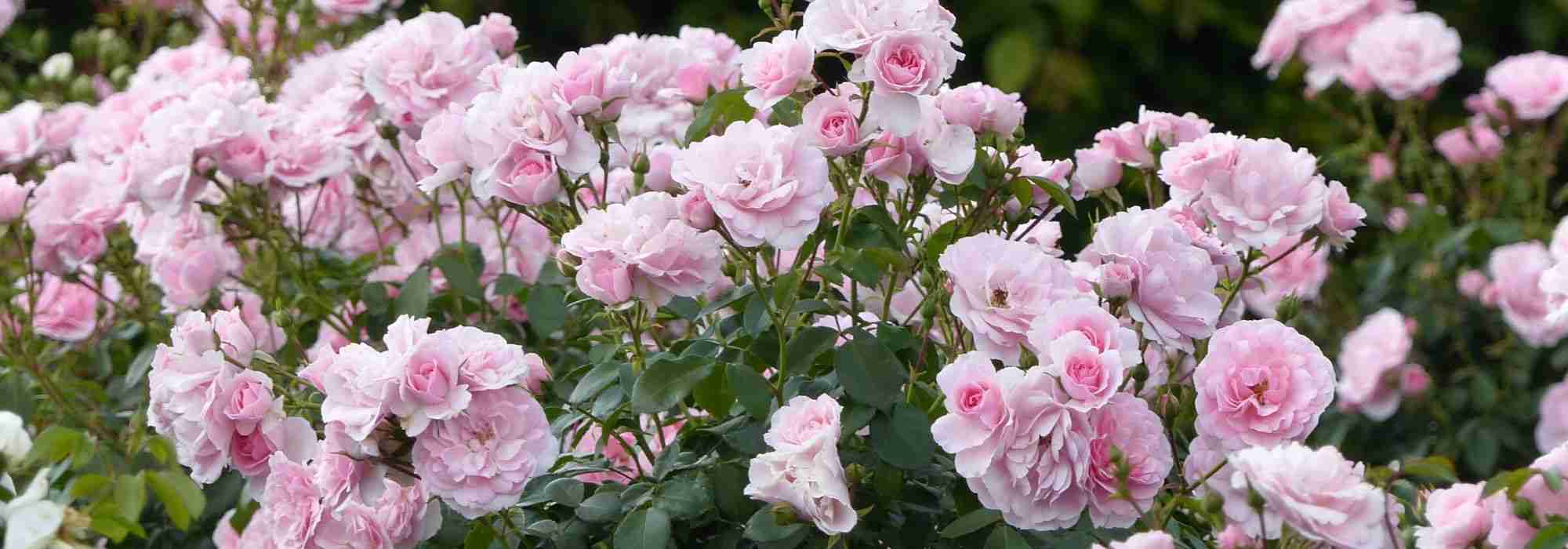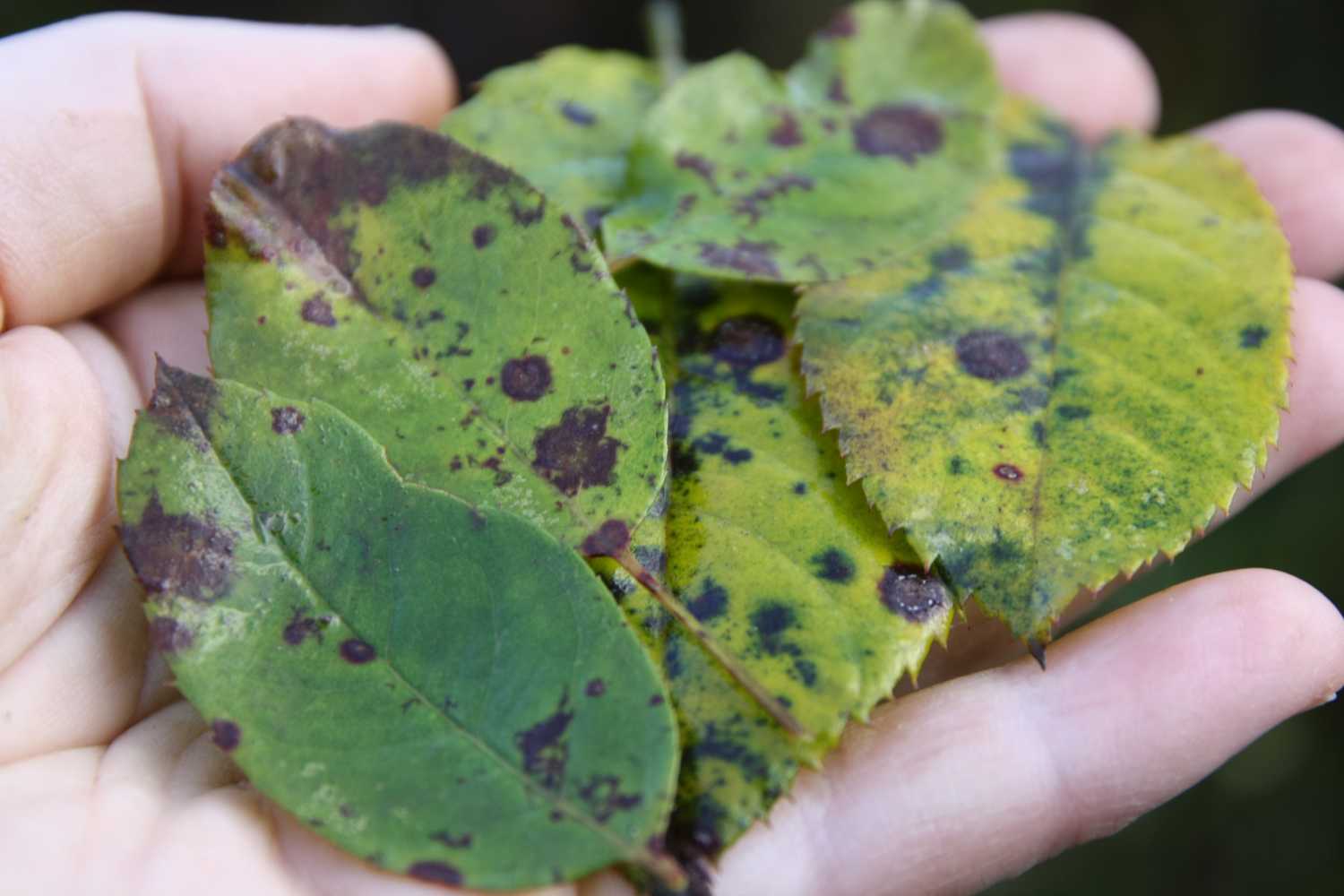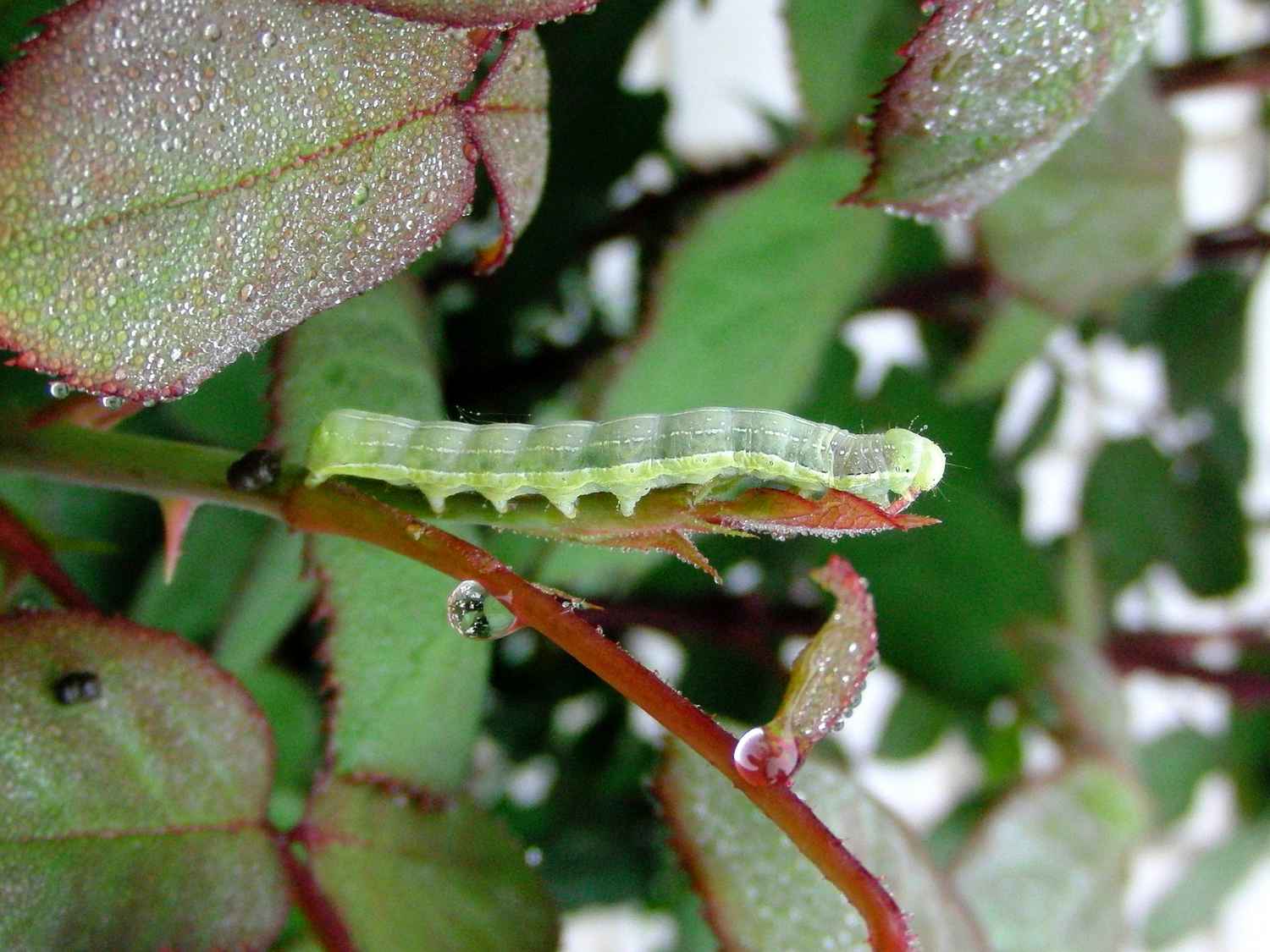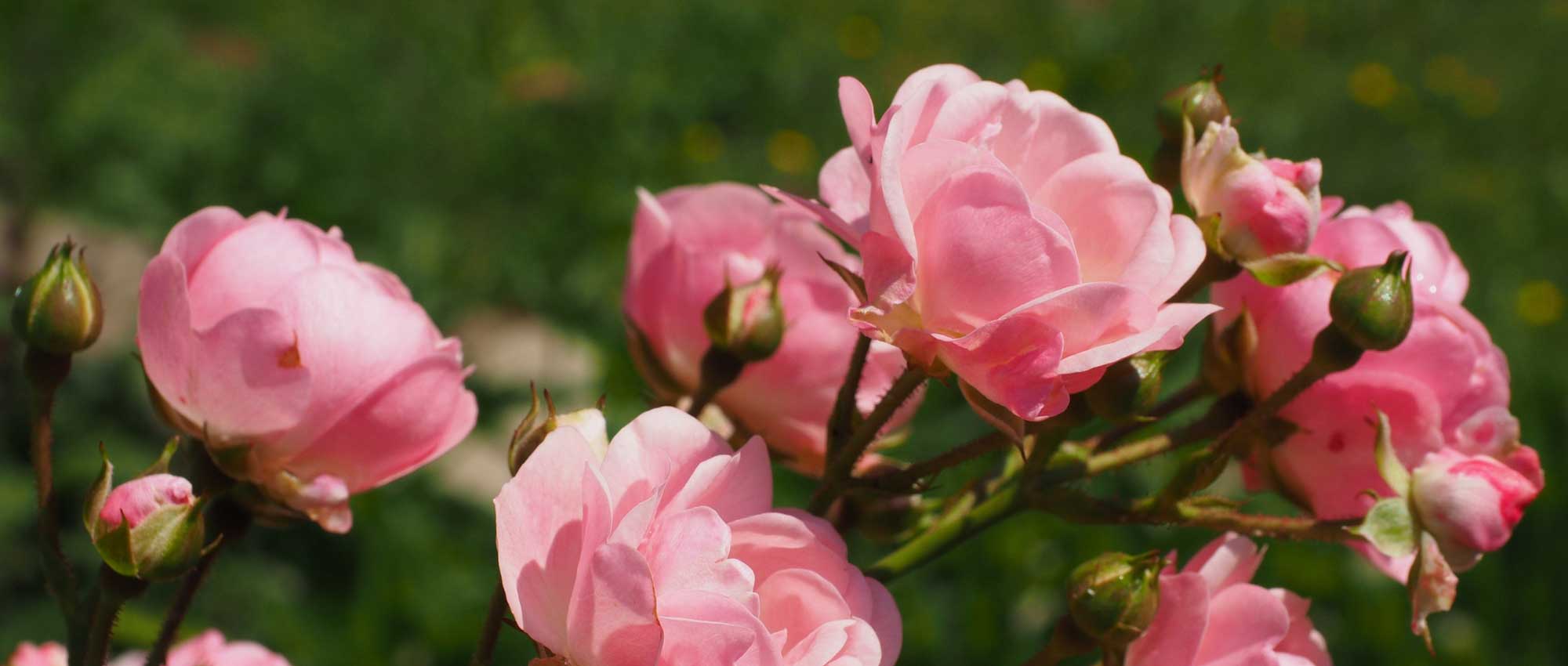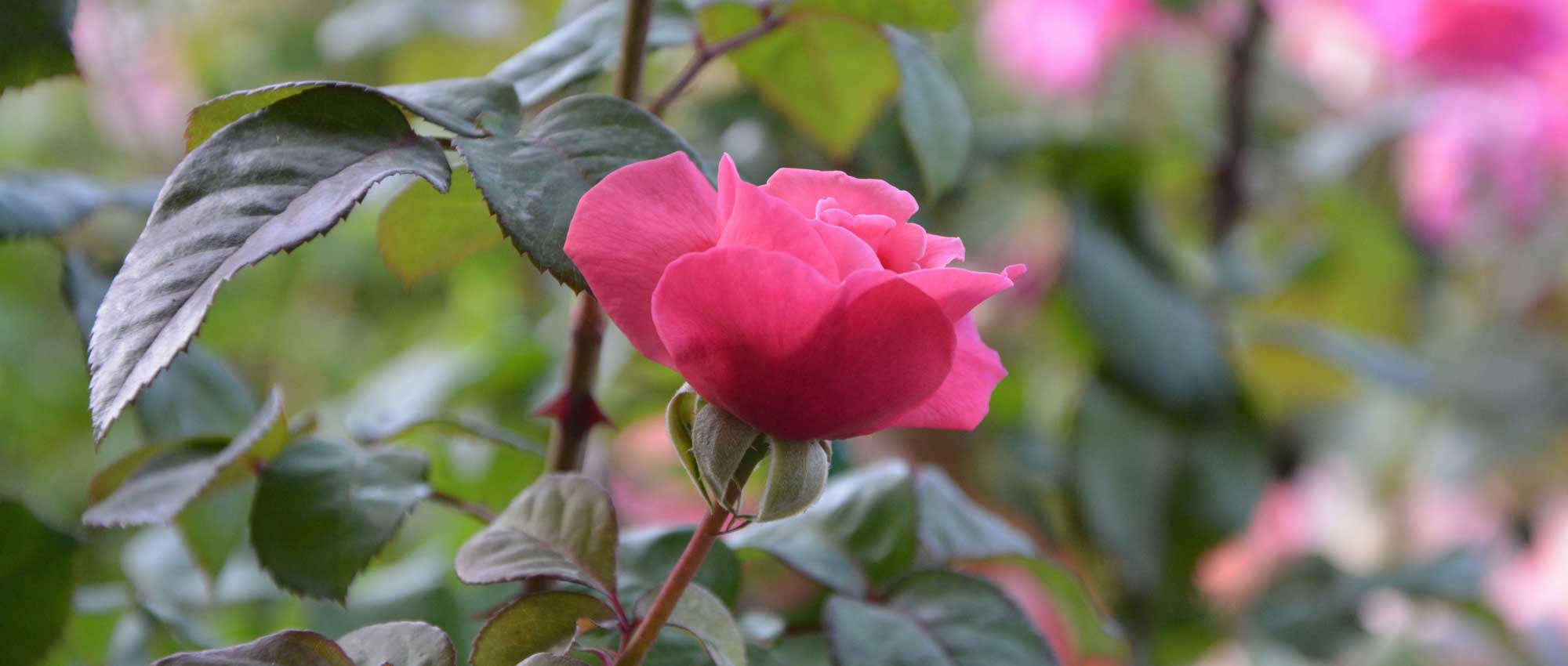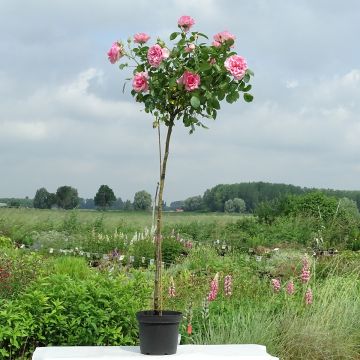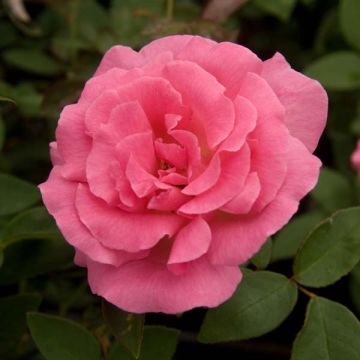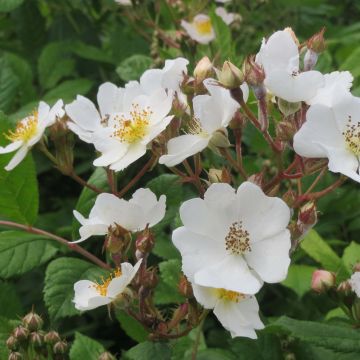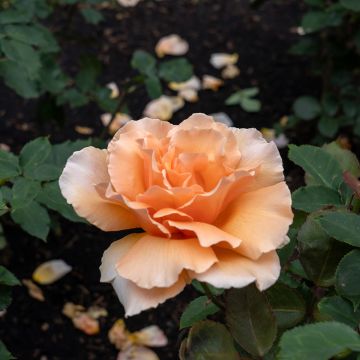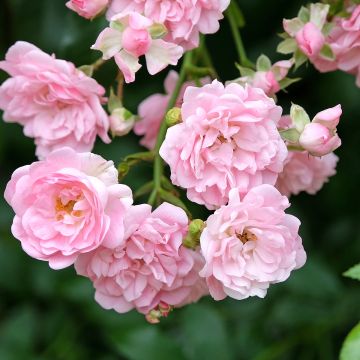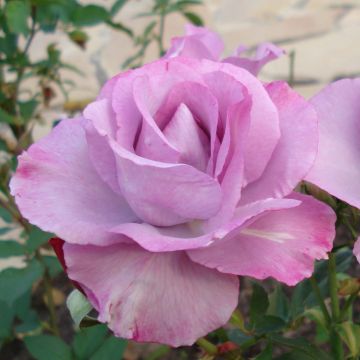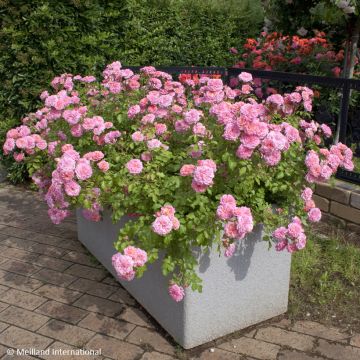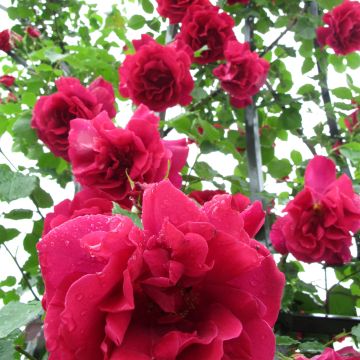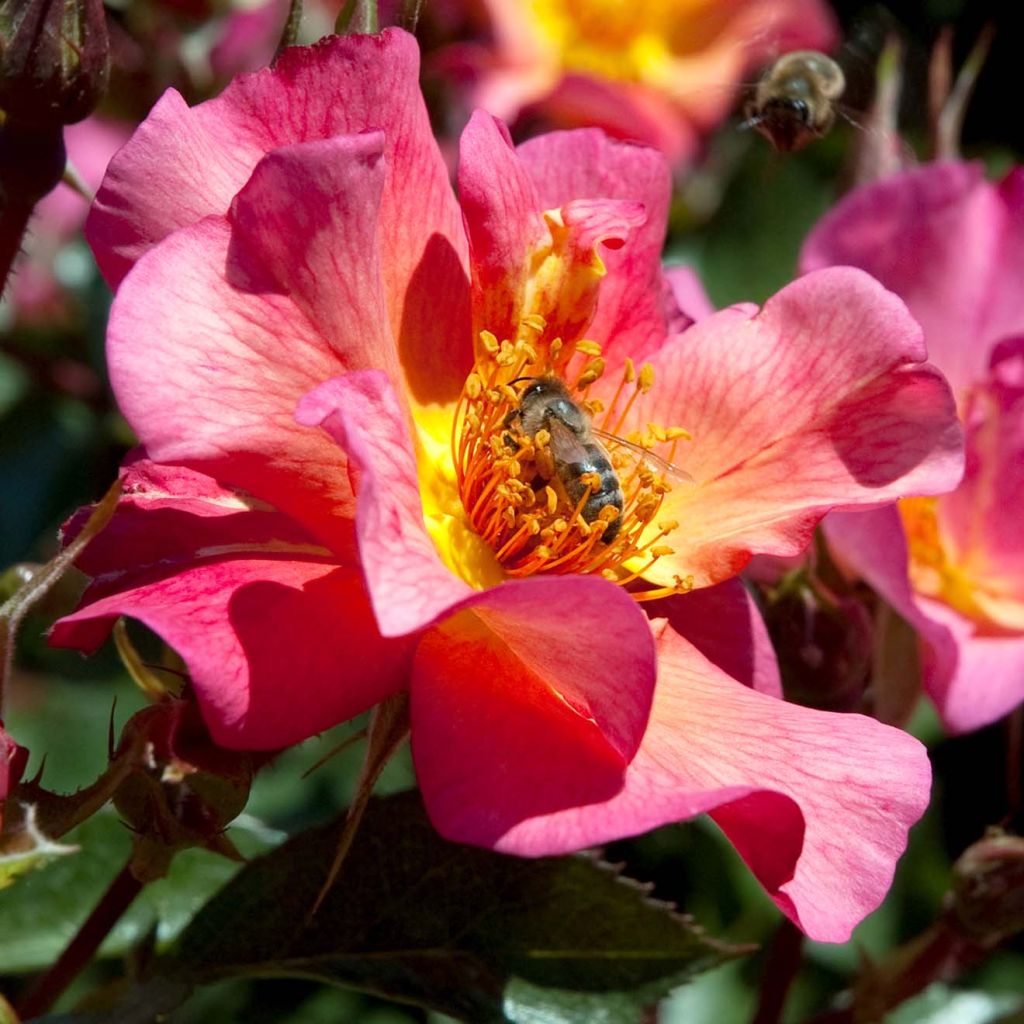

Rosa Yann Arthus-Bertrand - Shrub Rose
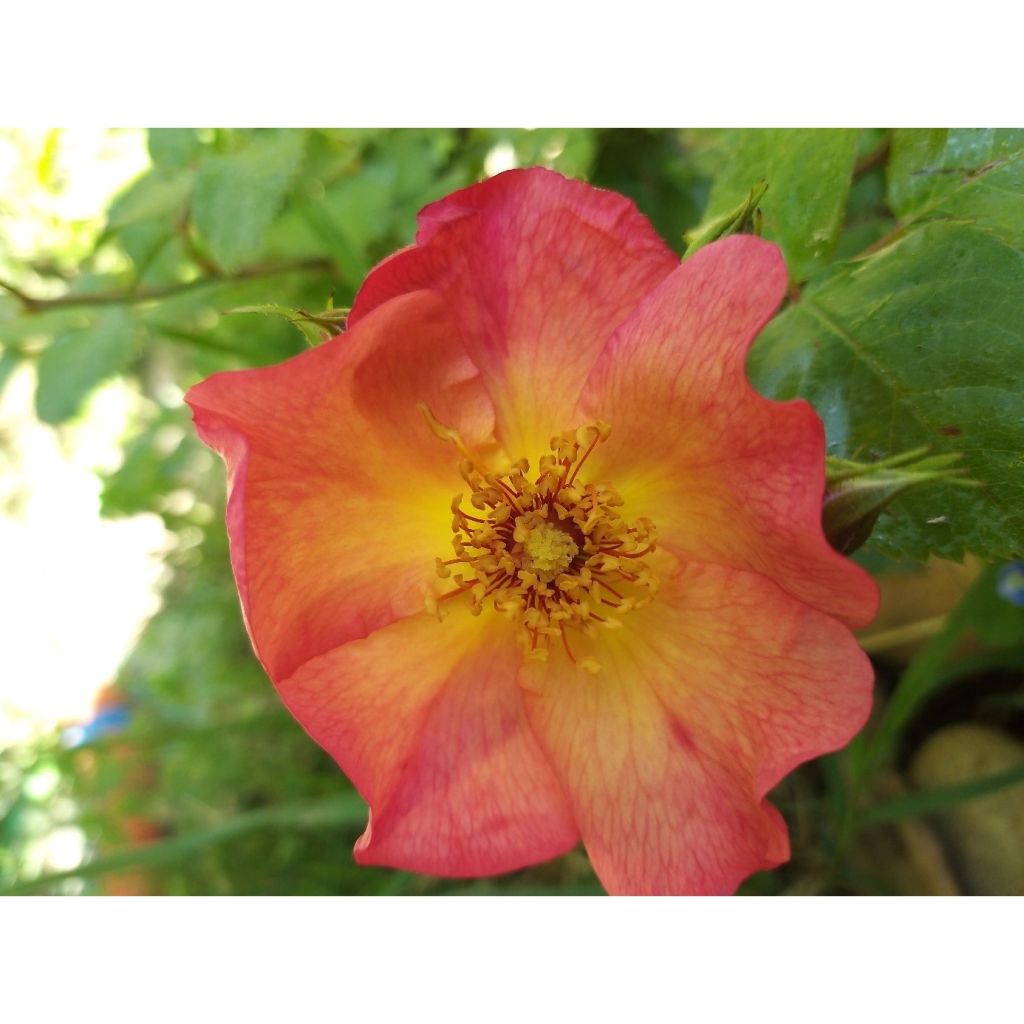

Rosa Yann Arthus-Bertrand - Shrub Rose
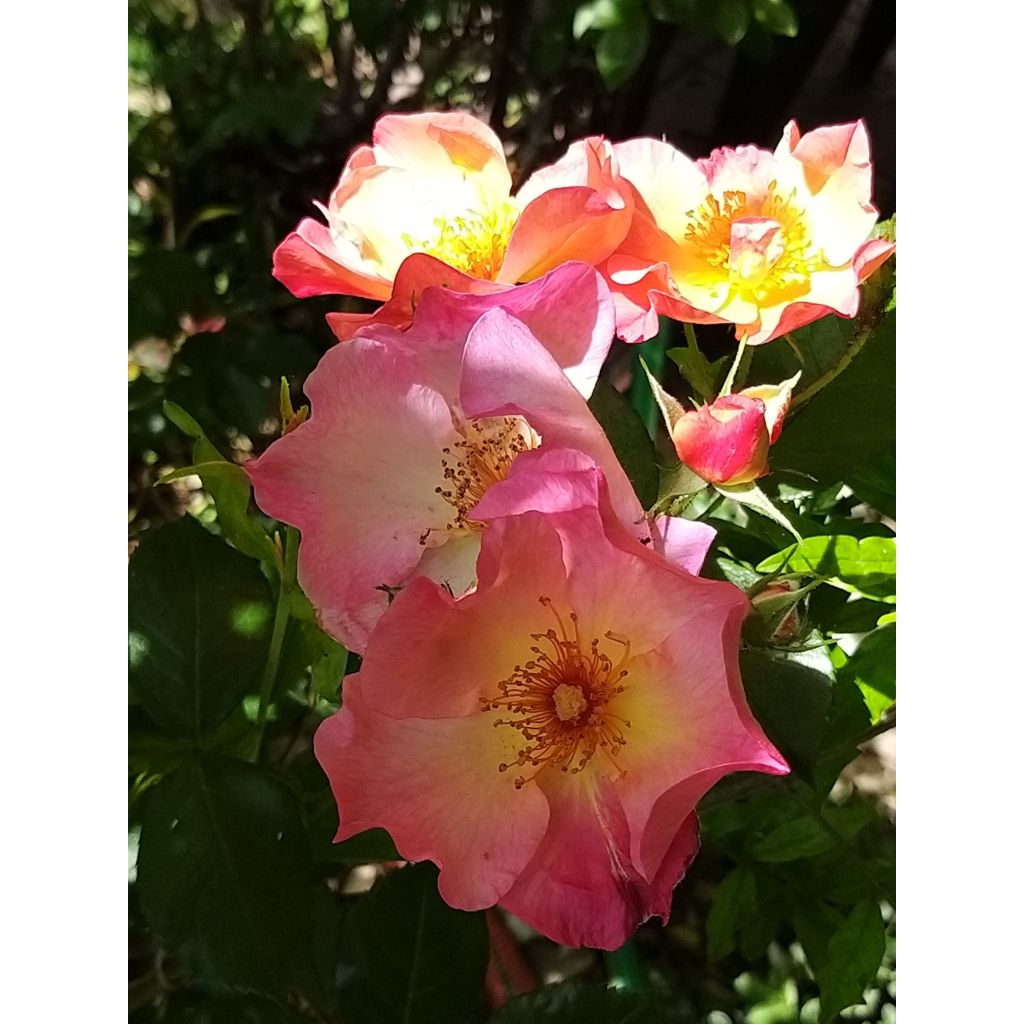

Rosa Yann Arthus-Bertrand - Shrub Rose
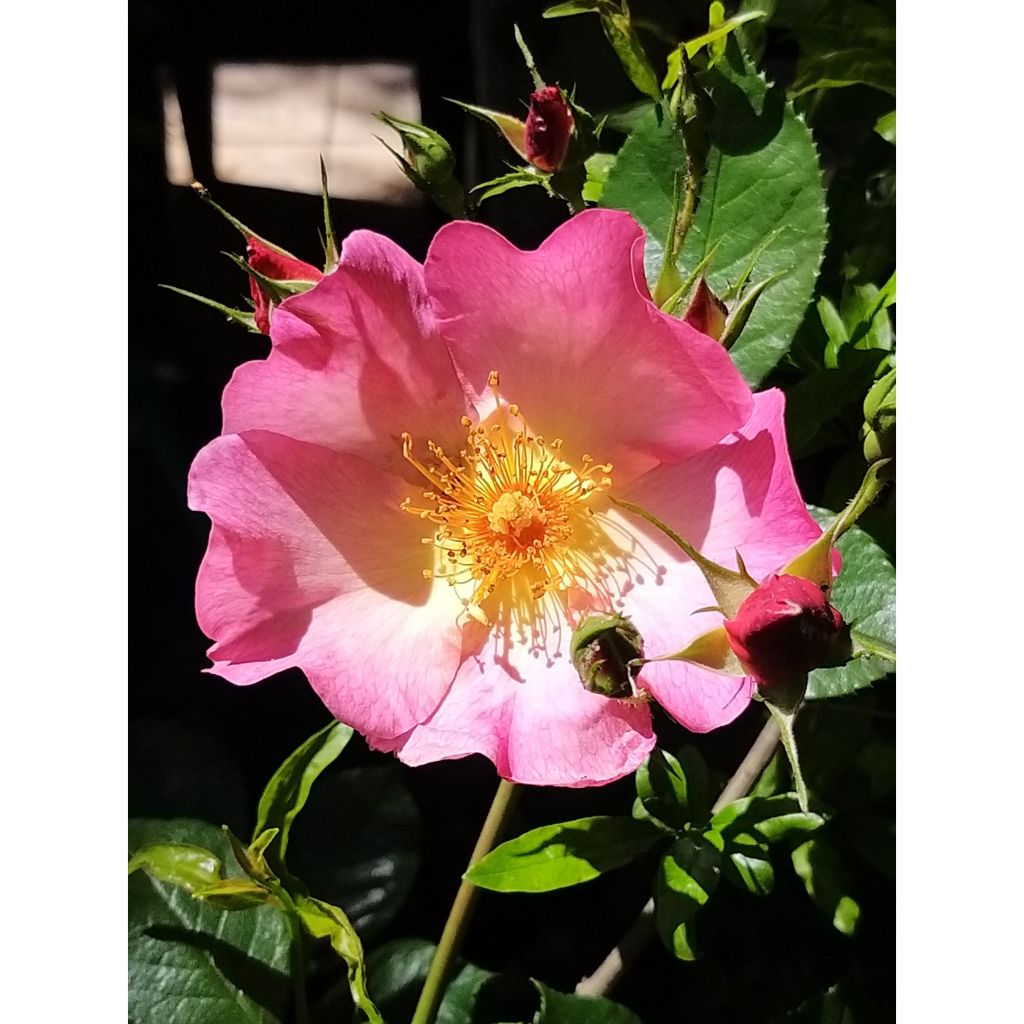

Rosa Yann Arthus-Bertrand - Shrub Rose
View more pictures
Hide images
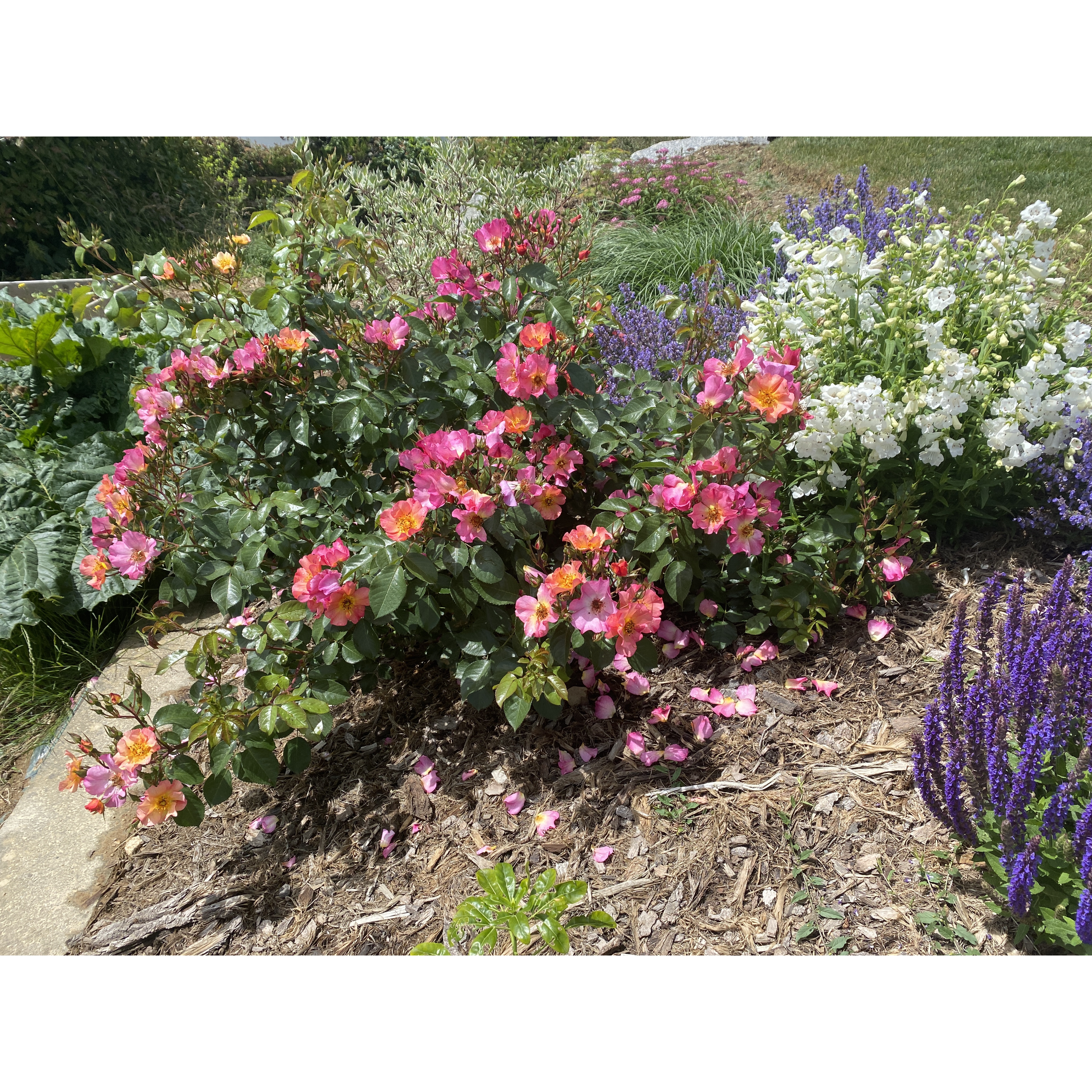
Anne-Sophie V.

Since there is no text to translate in the customer review provided, no translation is needed in this case.
Anne-Sophie V. • 25 FR
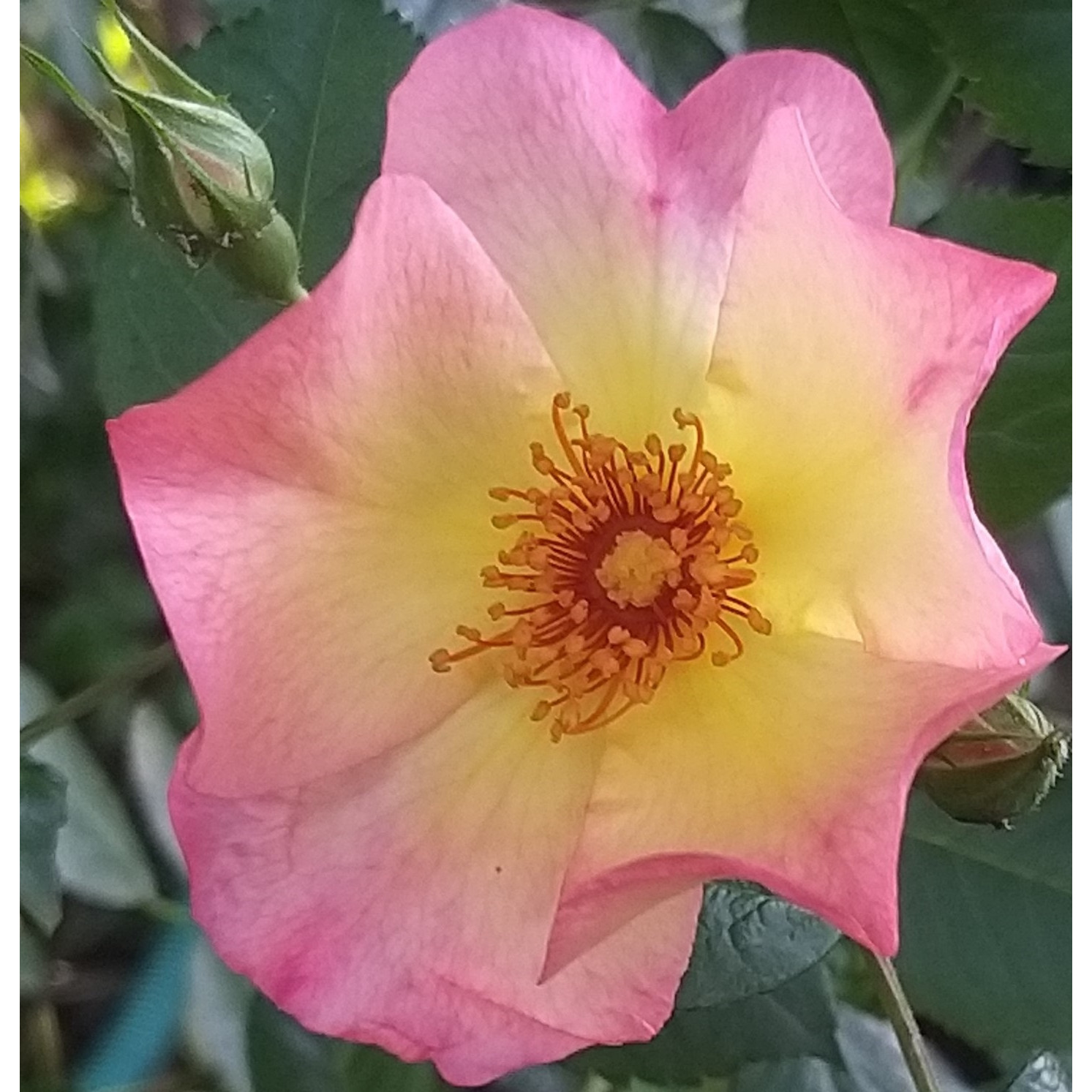
Thierry P.

April flowering - image 60
Thierry P. • 84 FR
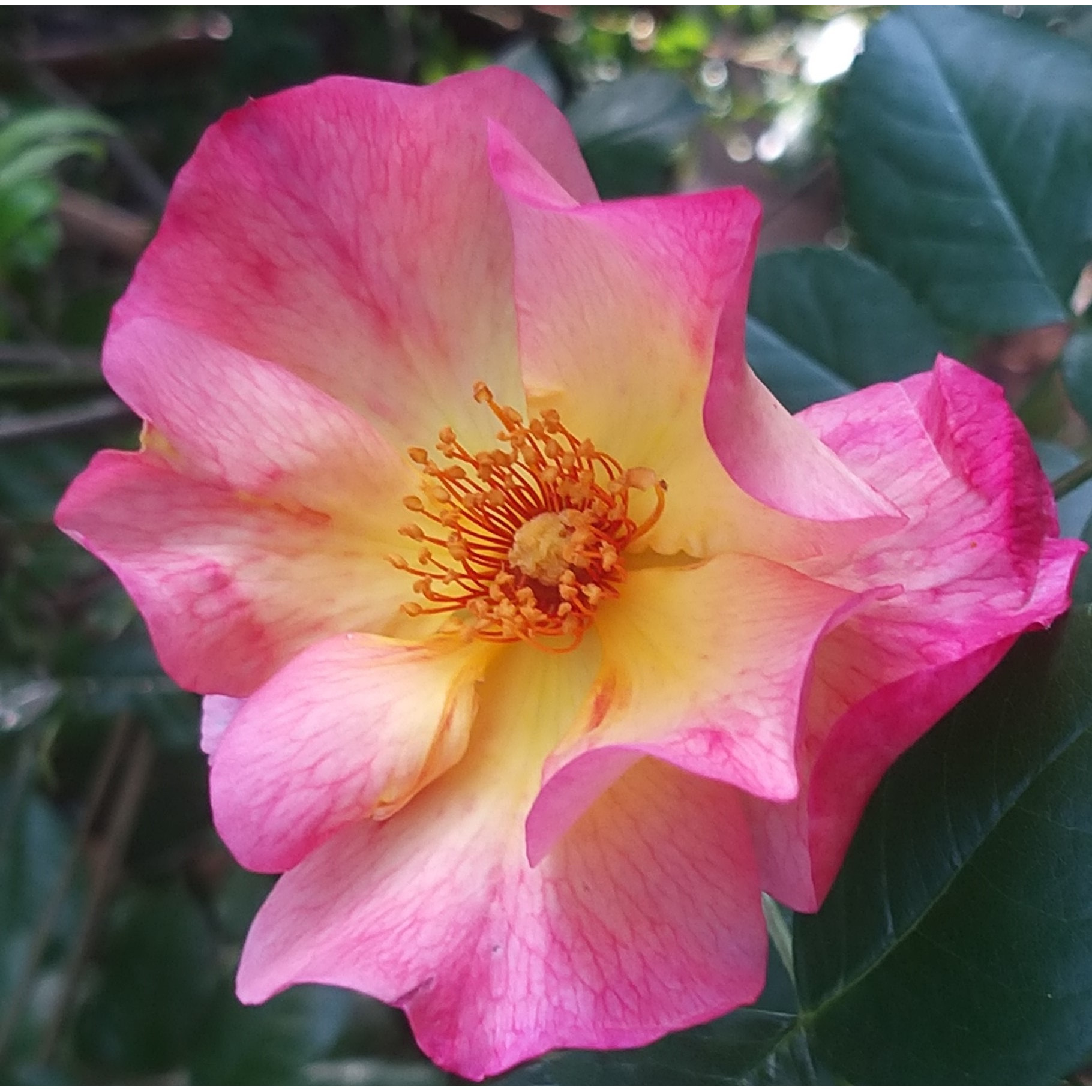
Thierry P.

No text to translate.
Thierry P. • 84 FR
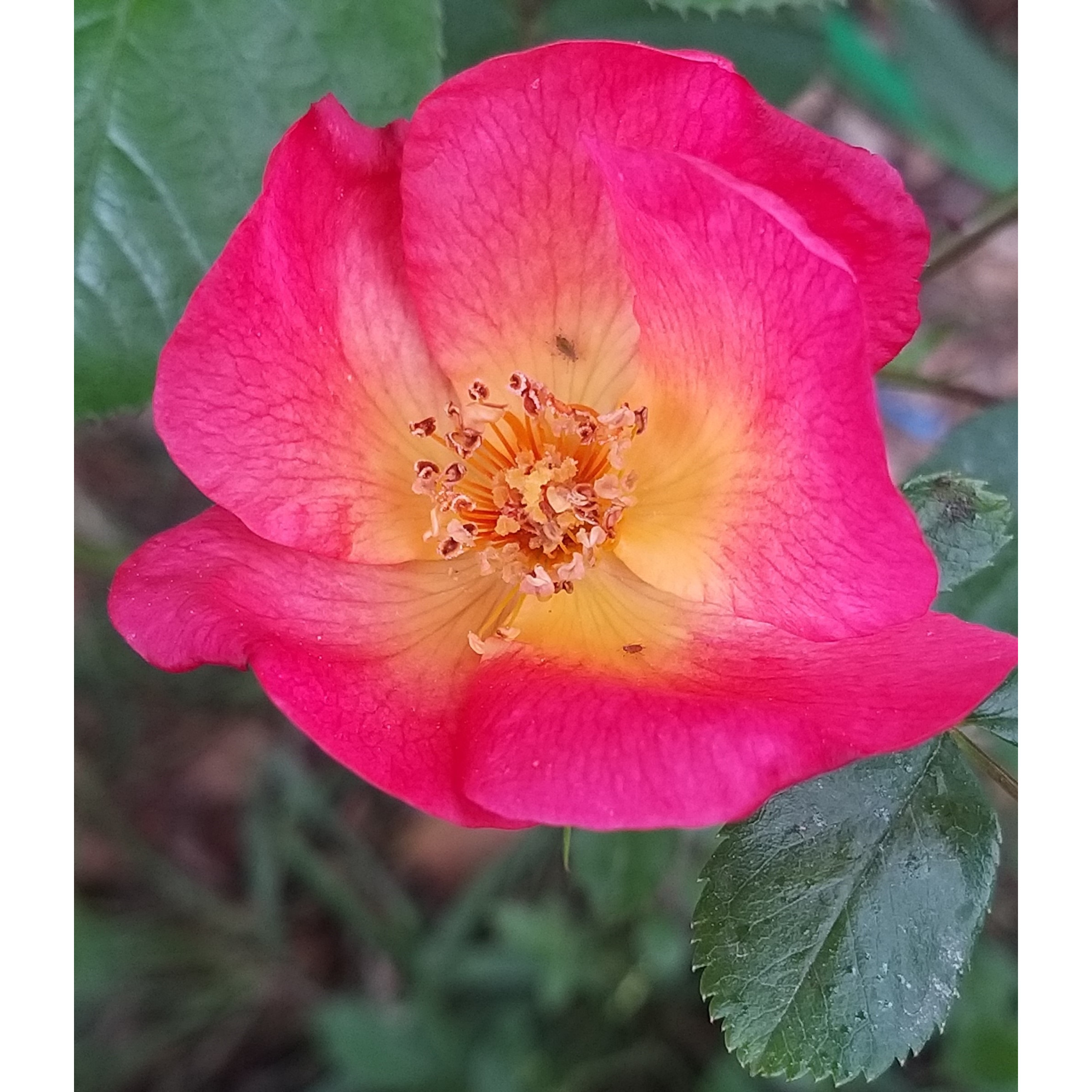
Thierry P.

April flowering - picture 58 - Aphids paying a visit.
Thierry P. • 84 FR
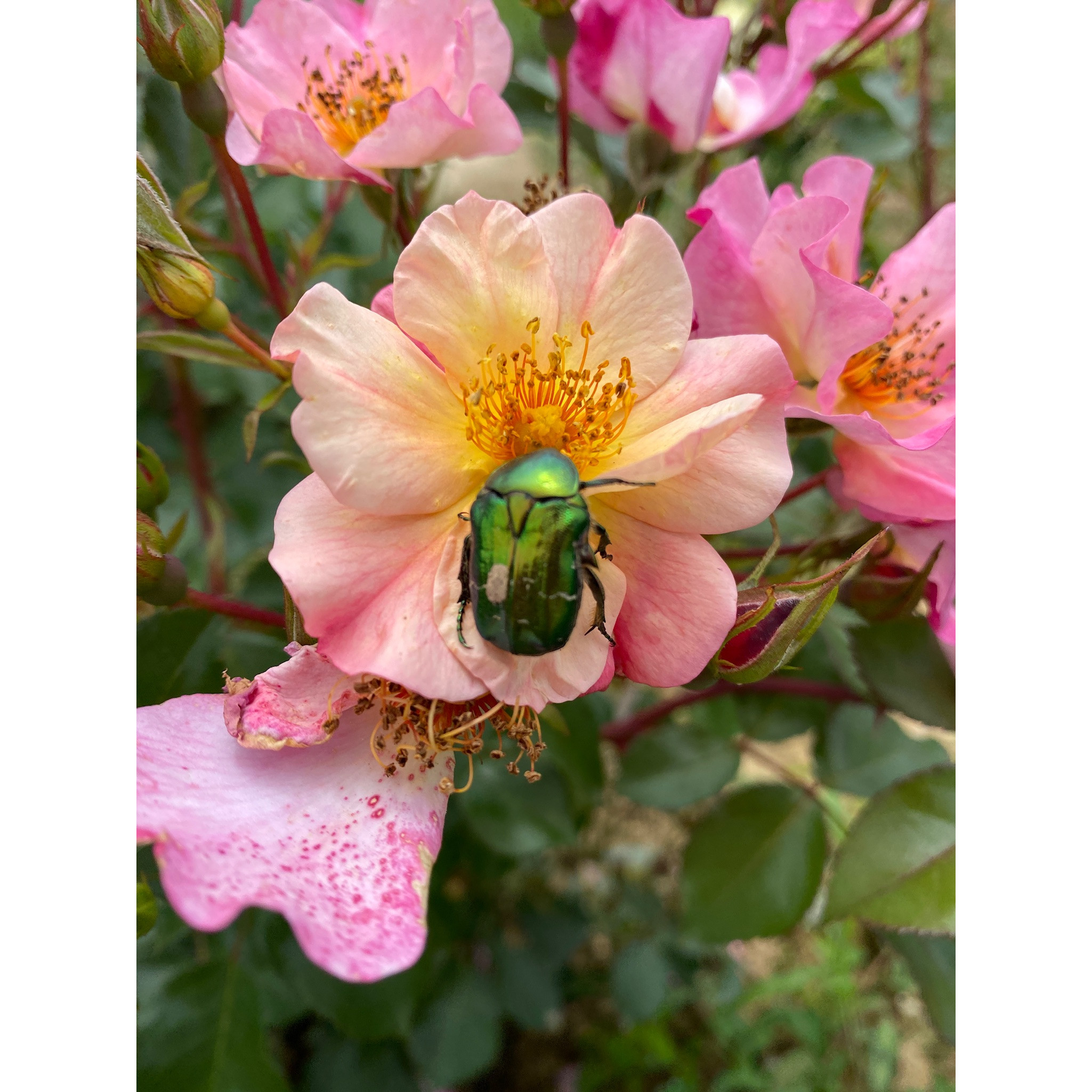
Anne-Sophie V.

A rose chafer visiting
Anne-Sophie V. • 25 FR
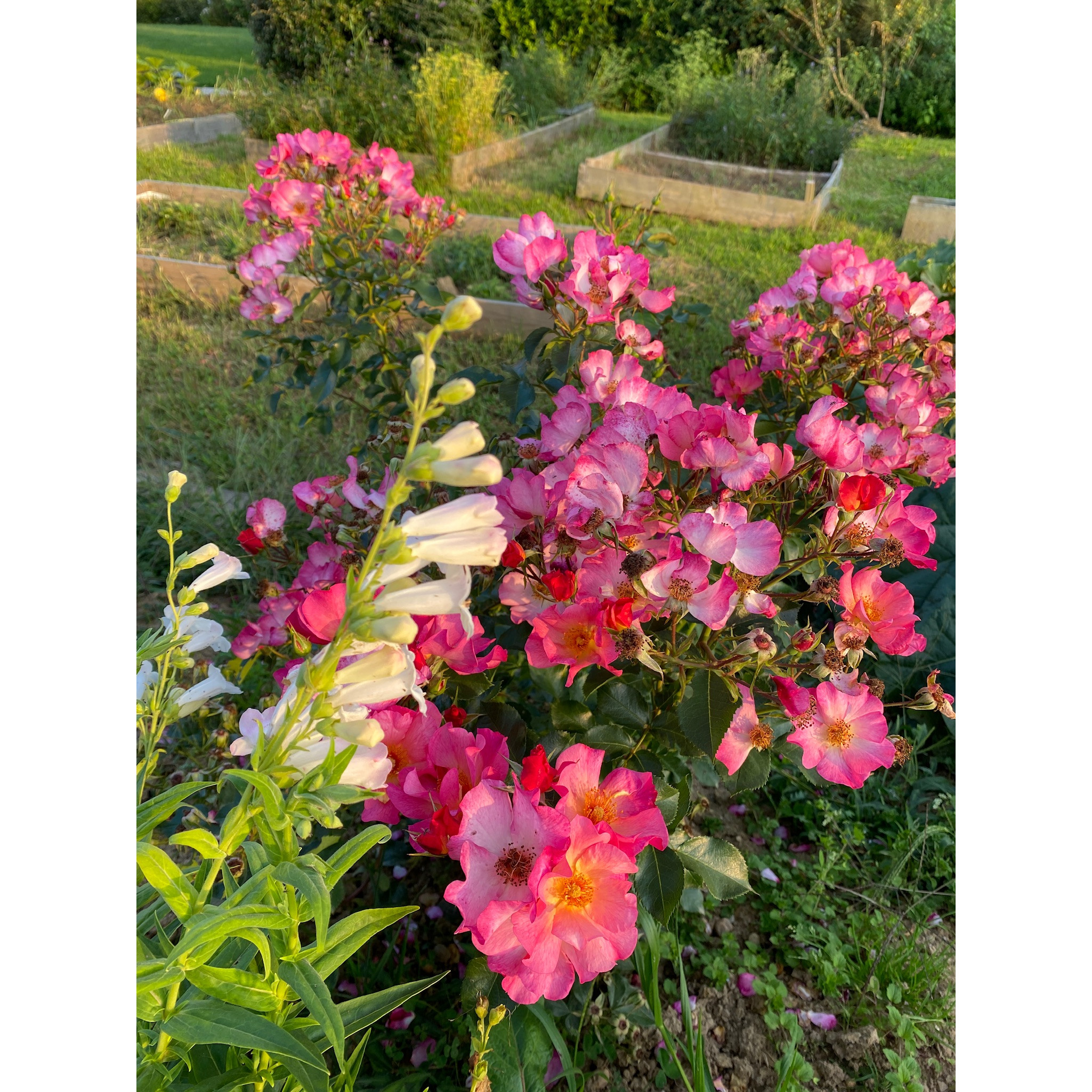
Anne-Sophie V.

Mid-August (6 months after planting)
Anne-Sophie V. • 25 FR
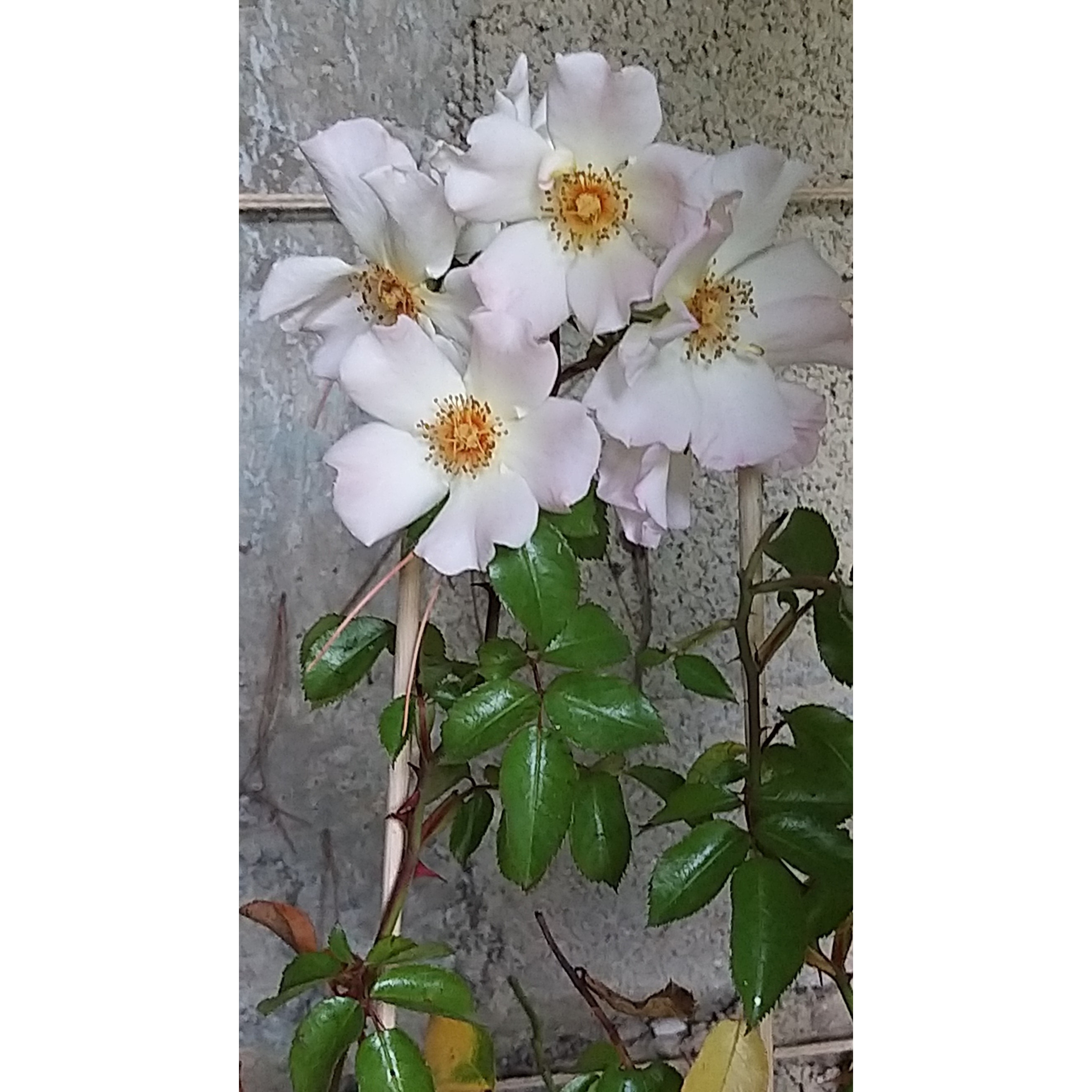
Thierry P.

September flowering - image 57
Thierry P. • 84 FR
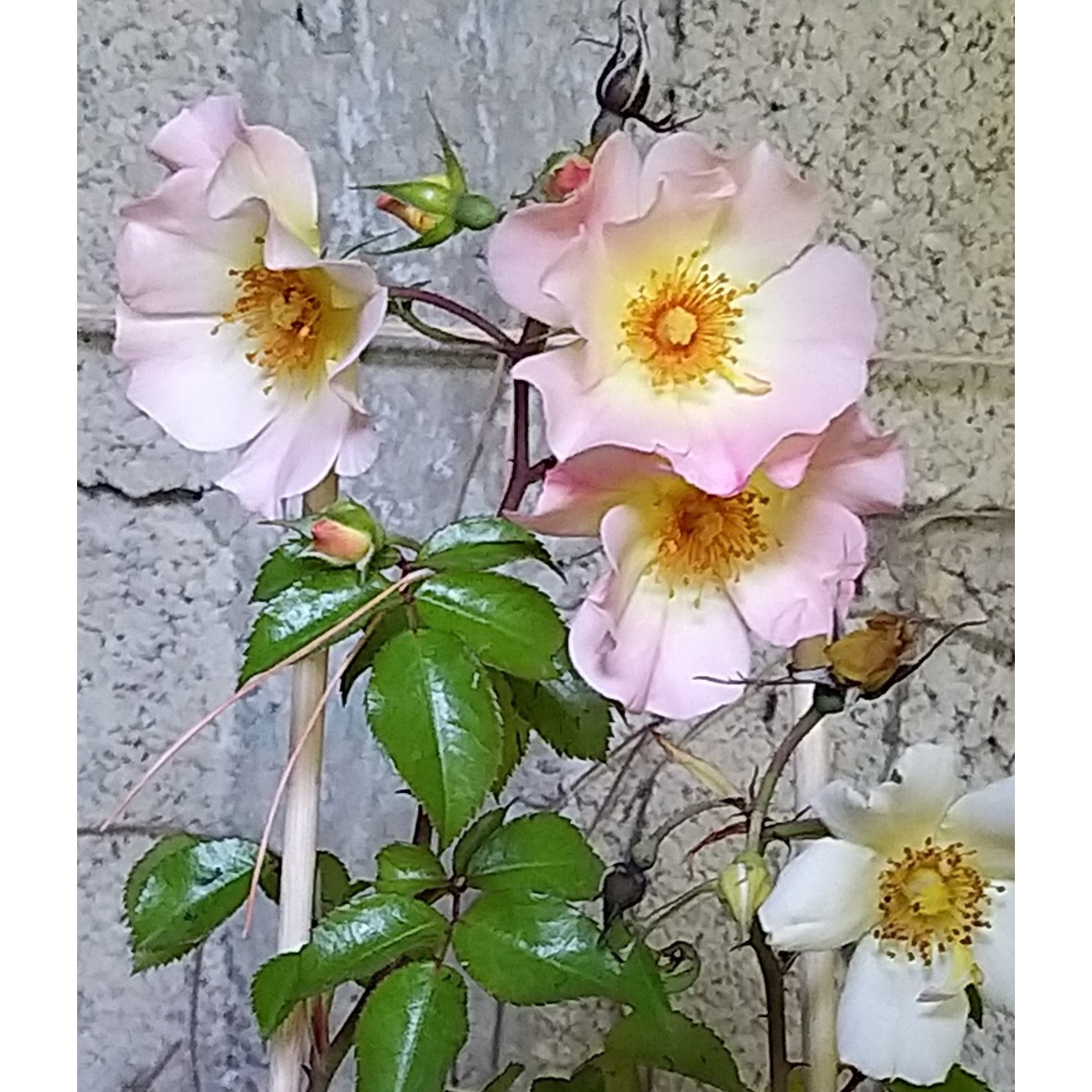
Thierry P.

September flowering - image 56
Thierry P. • 84 FR
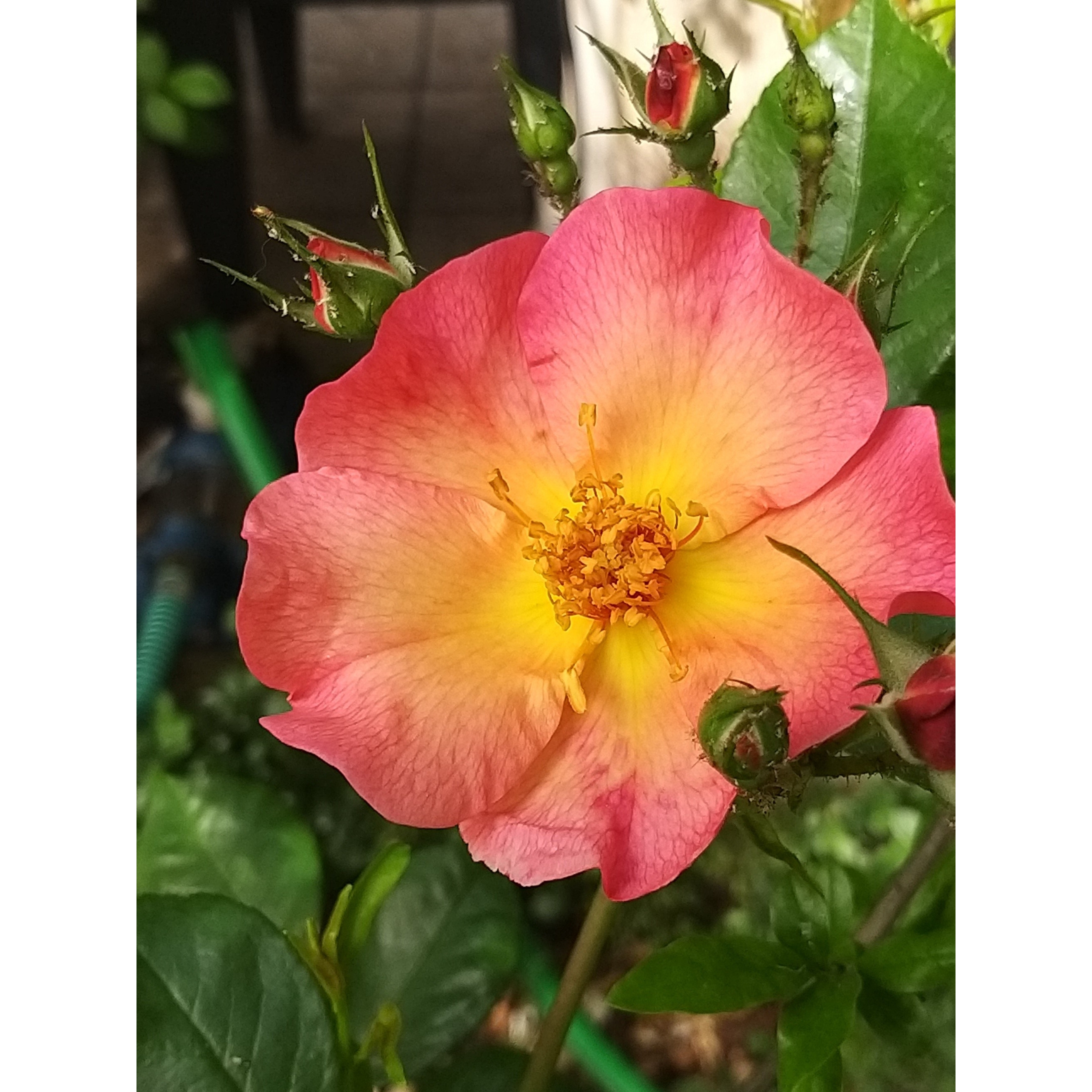
Thierry P.

No text to translate.
Thierry P. • 84 FR
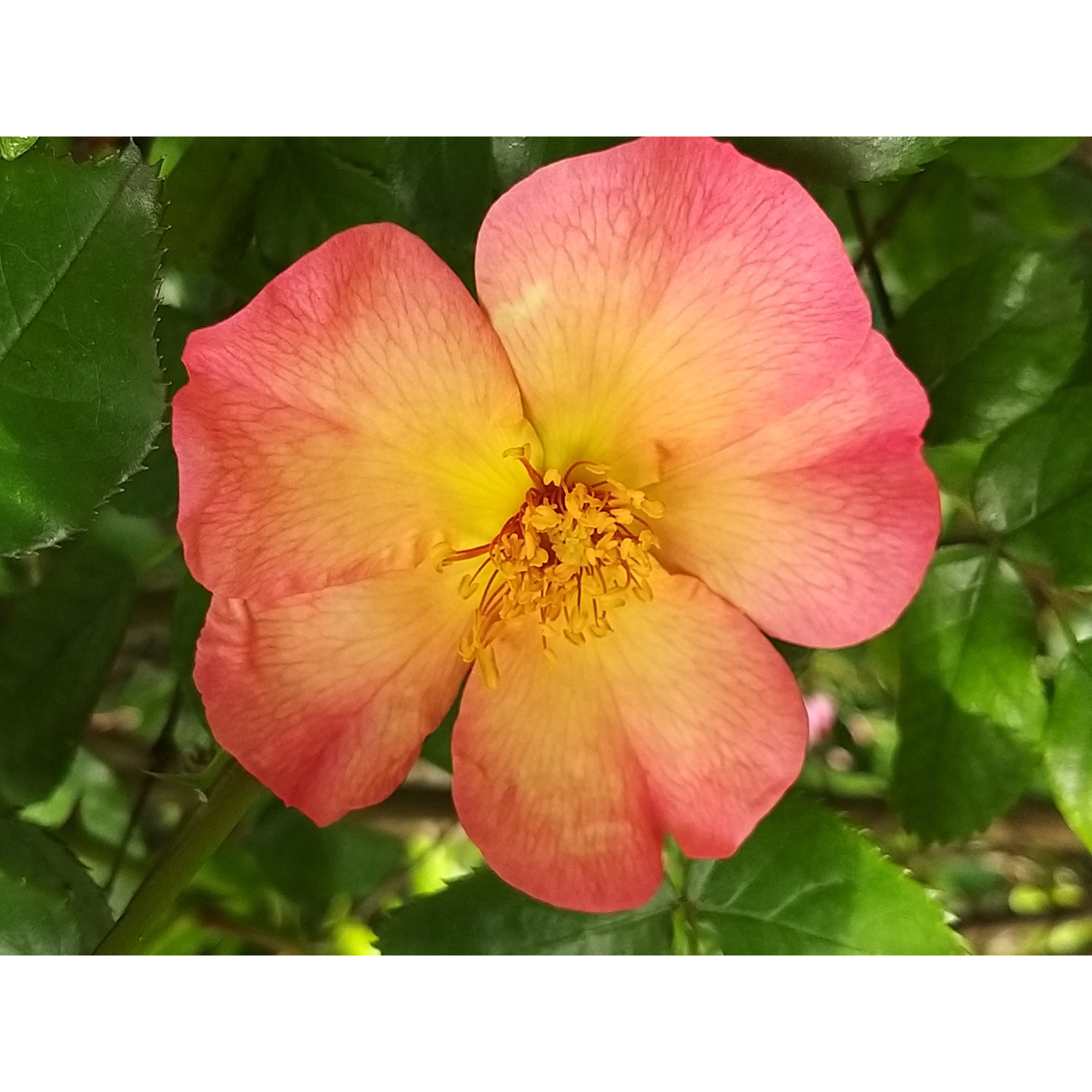
Thierry P.

April flowering - image 24
Thierry P. • 84 FR
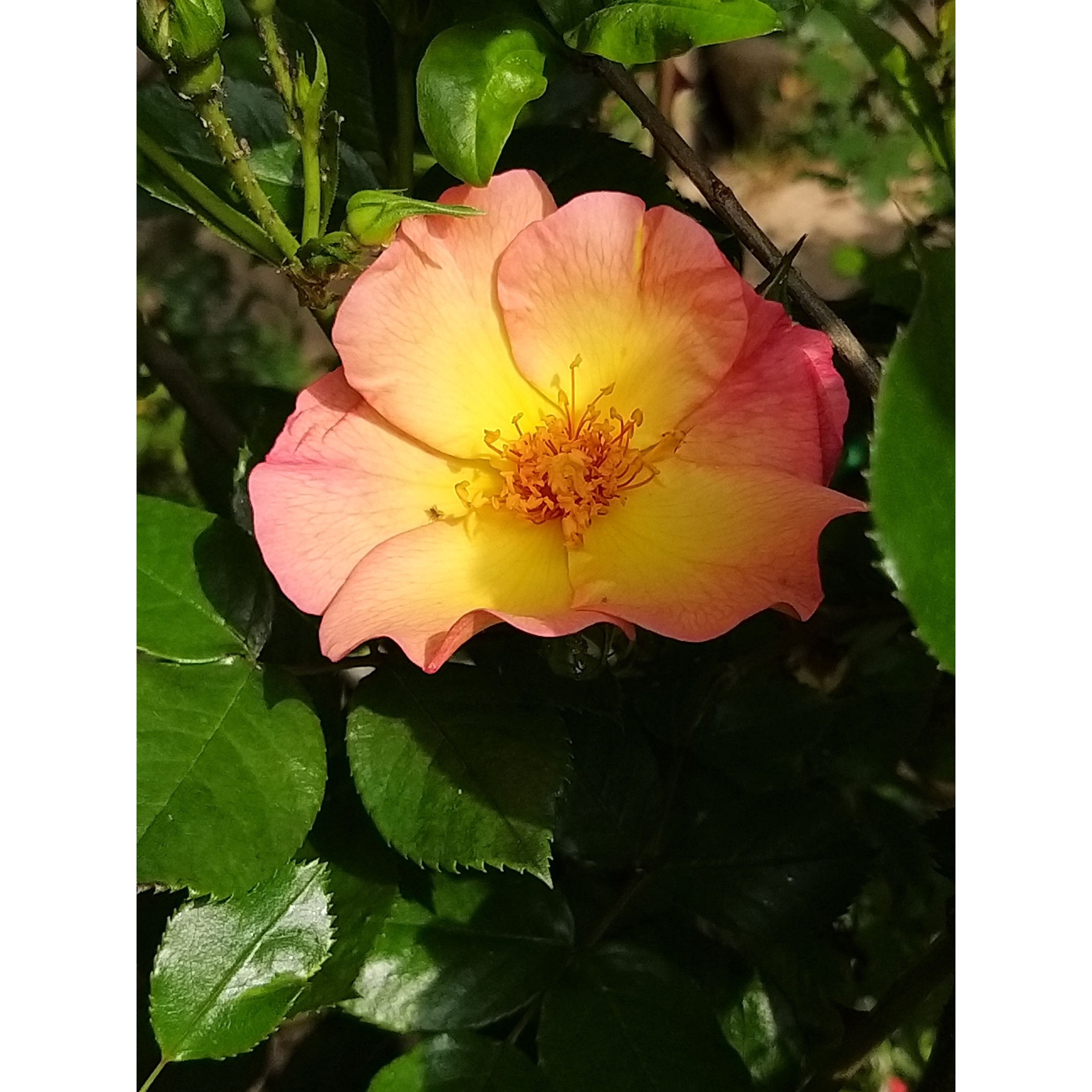
Thierry P.

N/A
Thierry P. • 84 FR
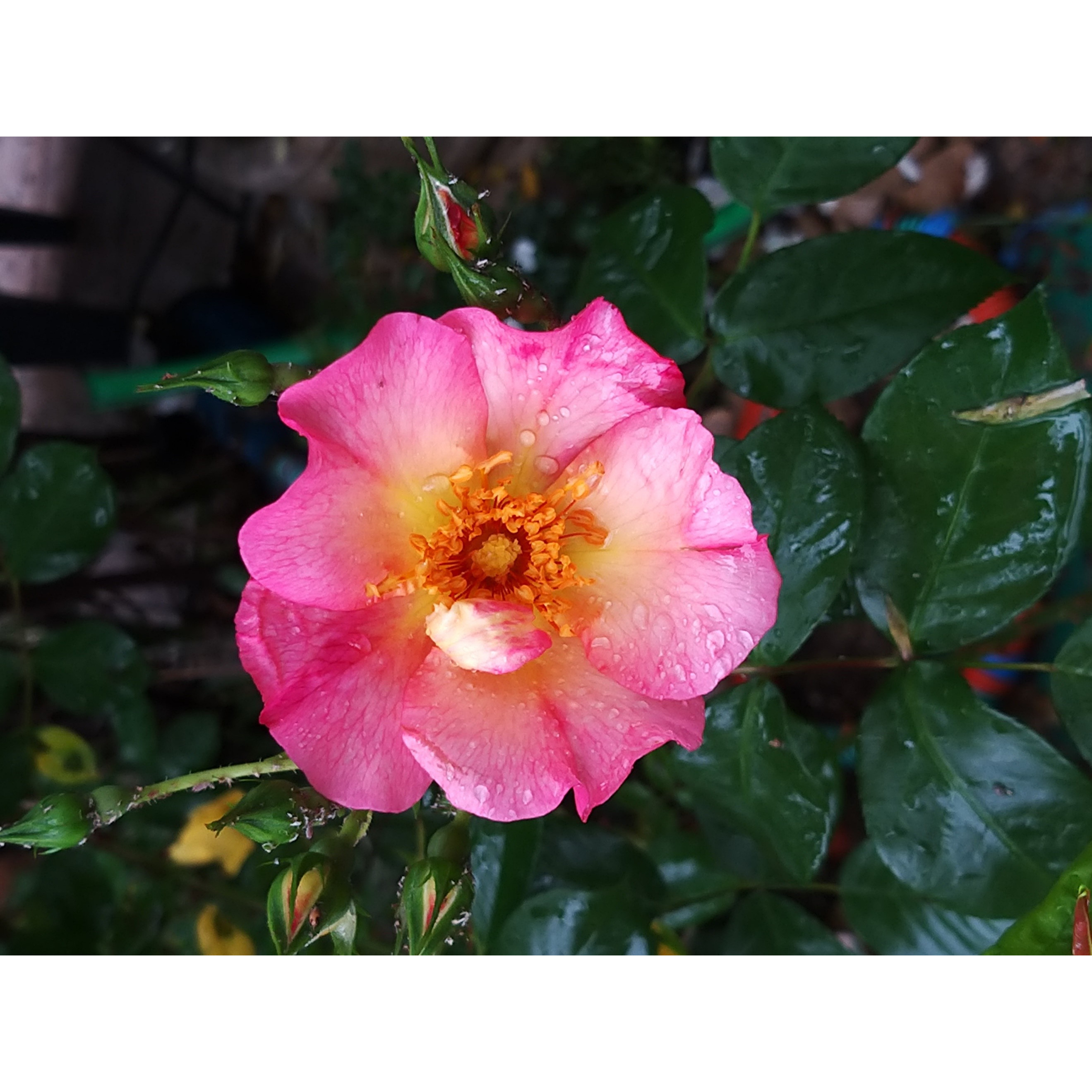
Thierry P.

April flowering - image 21 - Photo in the rain.
Thierry P. • 84 FR
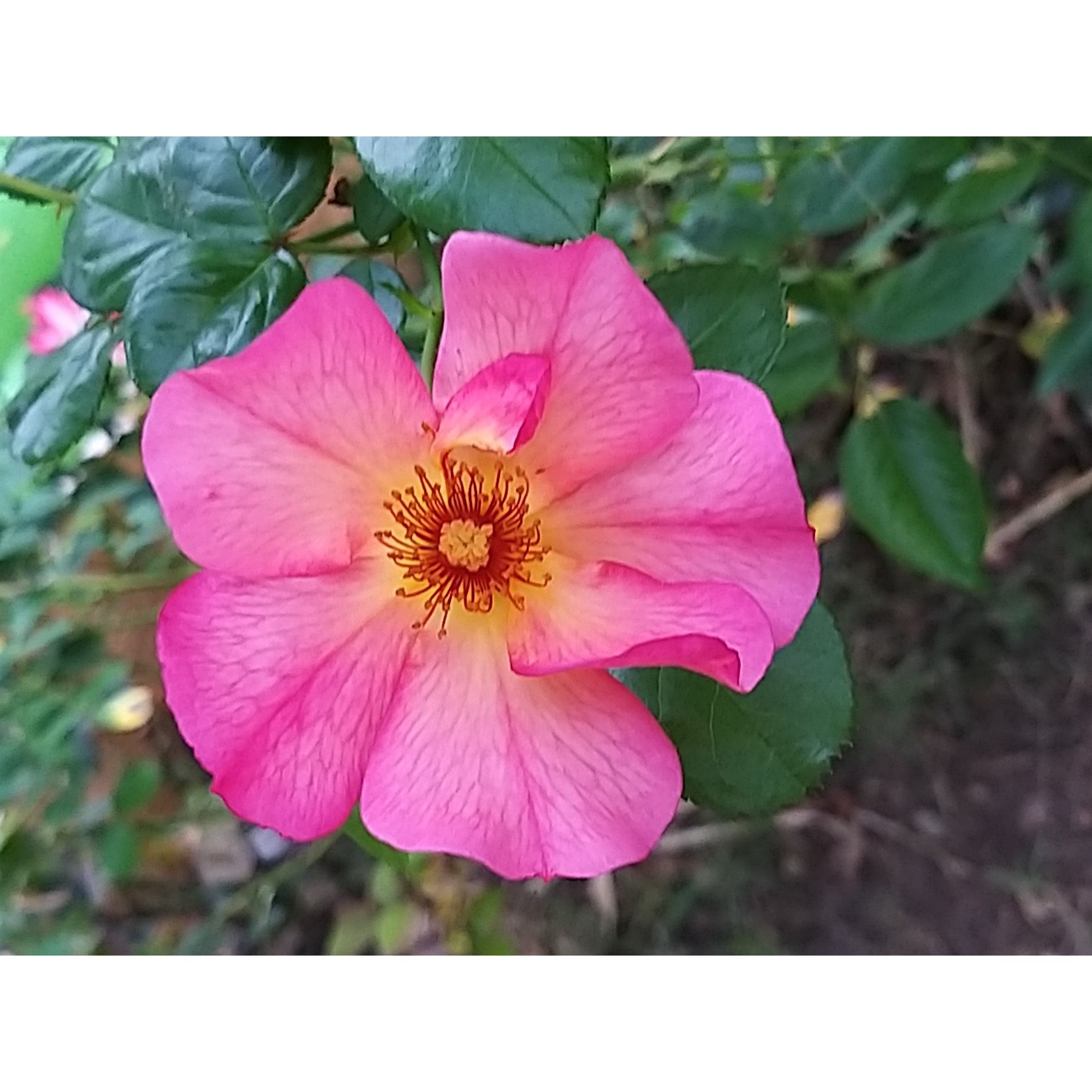
Thierry P.

September flowering - image 16
Thierry P. • 84 FR
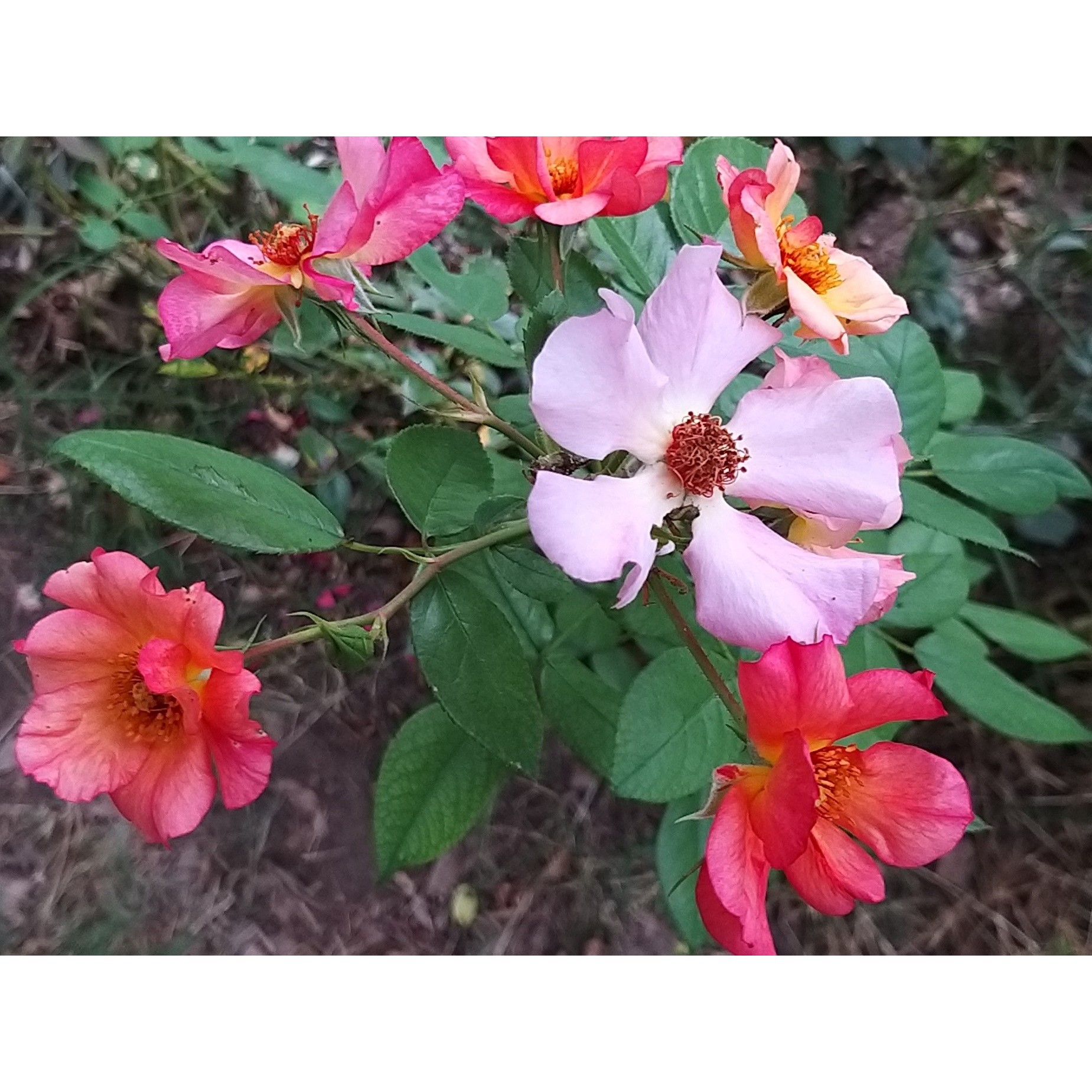
Thierry P.

August flowering - image 14
Thierry P. • 84 FR
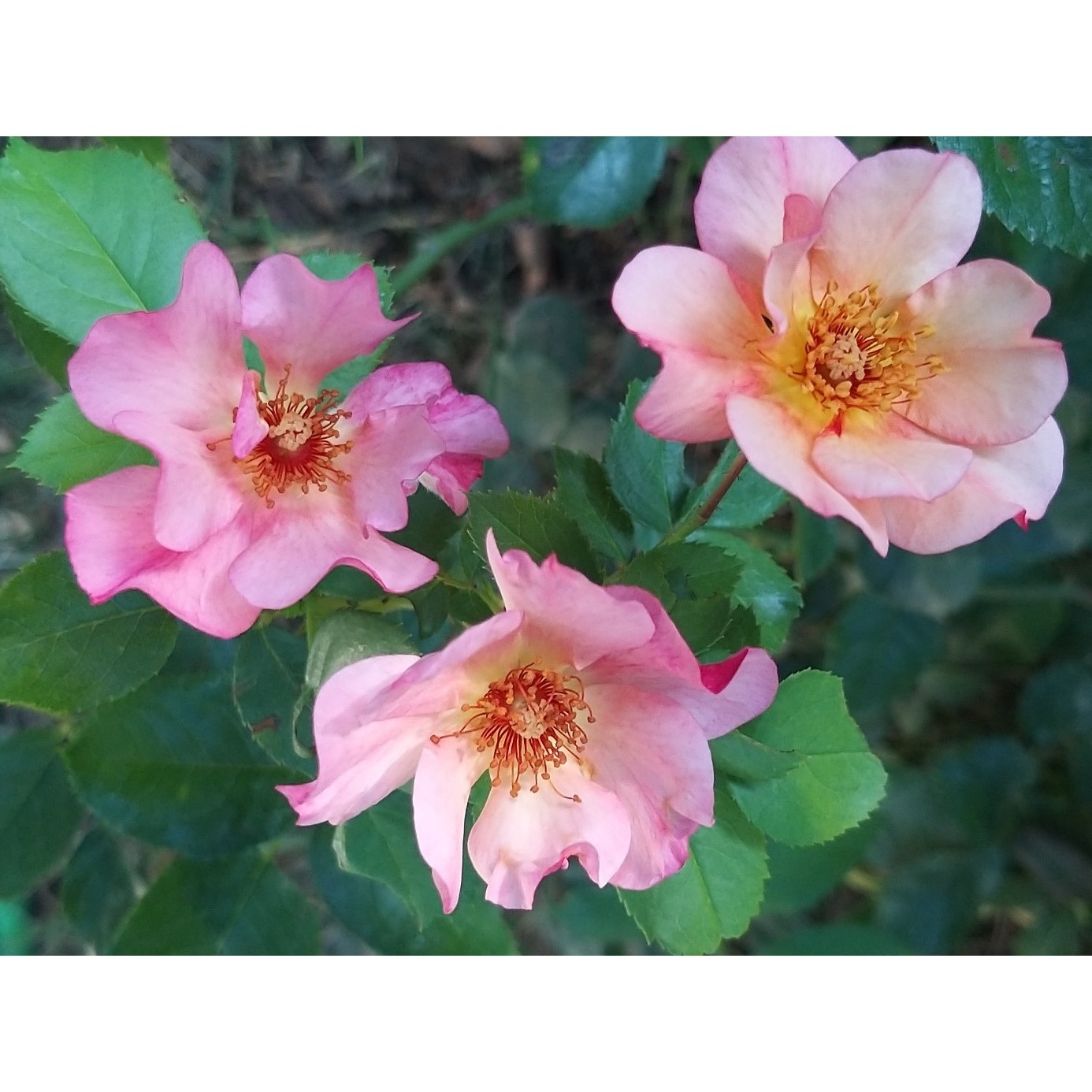
Thierry P.

No text to translate.
Thierry P. • 84 FR
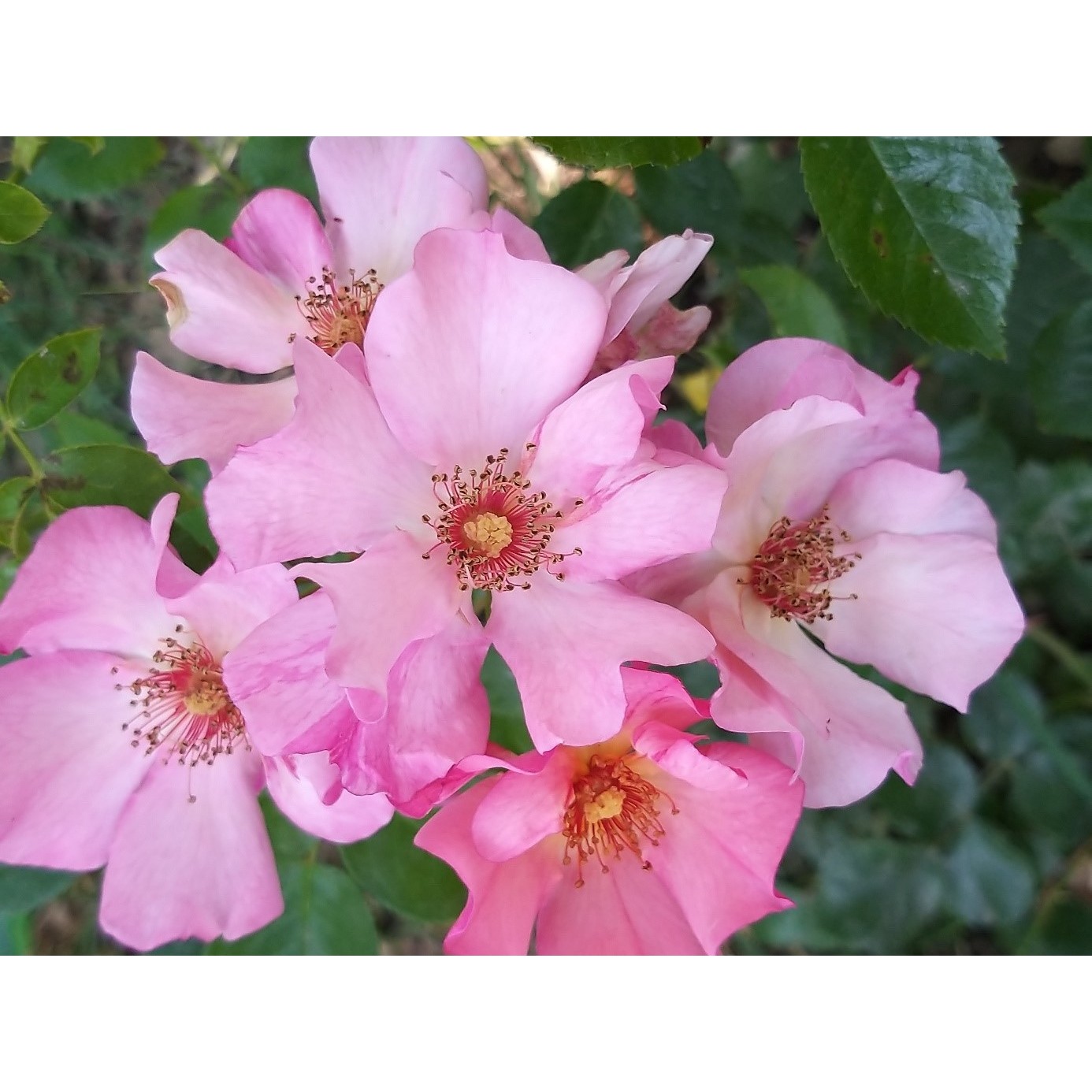
Thierry P.

No text to translate.
Thierry P. • 84 FR

Thierry P.

N/A
Thierry P. • 84 FR
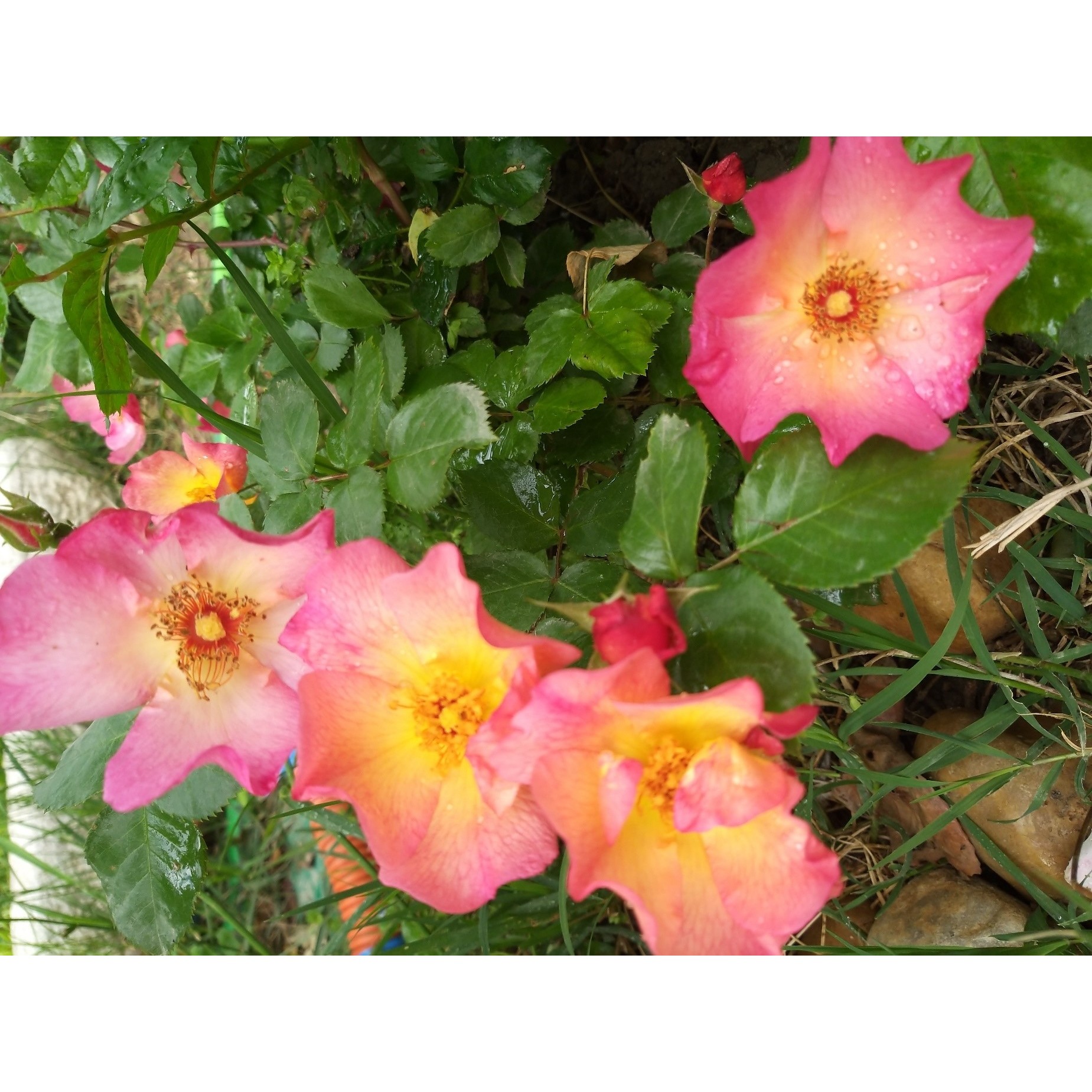
Thierry P.

May flowering - image 4
Thierry P. • 84 FR
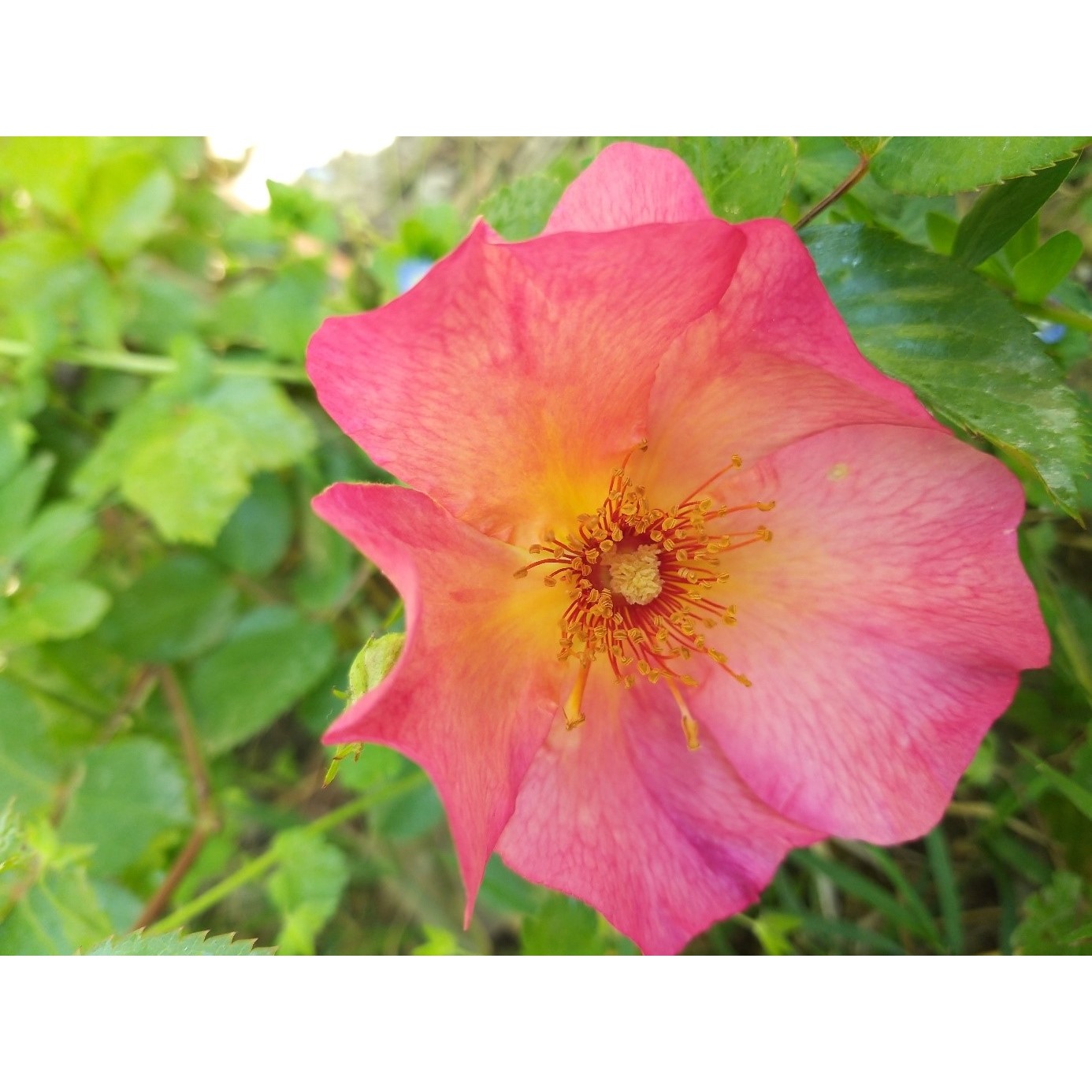
Thierry P.

Flowering on May 1st - image 3
Thierry P. • 84 FR
Rosa Yann Arthus-Bertrand - Shrub Rose
Rosa Yann Arthus-Bertrand® Meipelmel
Modern Hybrid Shrub Rose
beautiful rose bush with flowers in various colors, healthy foliage
Patrice, 23/05/2025
Special offer!
Receive a €20 voucher for any order over €90 (excluding delivery costs, credit notes, and plastic-free options)!
1- Add your favorite plants to your cart.
2- Once you have reached €90, confirm your order (you can even choose the delivery date!).
3- As soon as your order is shipped, you will receive an email containing your voucher code, valid for 3 months (90 days).
Your voucher is unique and can only be used once, for any order with a minimum value of €20, excluding delivery costs.
Can be combined with other current offers, non-divisible and non-refundable.
Home or relay delivery (depending on size and destination)
Schedule delivery date,
and select date in basket
We guarantee the quality of our plants for a full growing cycle, and will replace at our expense any plant that fails to recover under normal climatic and planting conditions.

Description
The Yann Arthus-Bertrand shrub rose is capable of becoming a mountain of flowers exceeding 2m (7ft) high in a few years, if the conditions are right. All it needs is fertile soil and very minimal pruning. From late spring to the first frost, it delivers a multitude of changing wild roses, in warm tones of rose jasper, orange, apricot, and copper, with stamens that turn red when mature. Following this flowering spectacle, there are abundant hips that become dazzling in autumn, bringing joy to the gardener and the birds. There is something unique about this rosebush with a very "botanical" temperament, whose exceptional resistance to diseases has been recognised by the demanding German ADR label. This informal bush has the stature of a giant. In the garden, it will go well with other unpretentious plants.
Modern roses are often criticised for their stiffness and poor disease resistance, but the Yann Arthus-Bertrand variety, obtained in 2009 by Meilland, truly stands out. This unique rose, classified as a shrub rose, forms a small bushy, upright shrub with fleible branches. If regularly pruned, it will reach a height of about 90cm (35in) and almost the same width, but if left to grow freely or only lightly pruned, it can reach up to 2.5m (8ft) high and 1.5m (5ft) wide. From June until the first frost, beautiful single flowers with open and wavy, 5-6cm (2in) wide cups, bloom on glossy dark green foliage. They appear multicoloured and their colour can vary depending on the climate and nature of the soil, appearing more pink in some gardens and more orange in others. Abundant hips are produced that turn from tender green to bright red when ripe. They persist on the bare branches in winter, until eaten by birds.
Yann Arthus-Bertrand is a strong and hardy plant, easy to grow in all regions, and drought-tolerant once well established. Its vigour and ease of maintenance mean it will thrive in an informal hedge. It can also be used in a large border or shrub bed, with regular pruning. In a hedge, the warm and vibrant colours of its flowers will enhance the foliage of dogwoods, spireas, and viburnums. It pairs perfectly with yellow-flowered roses (Persian Yellow, Rosa hugonis, Canary Bird), orange-flowered roses (Fighting Temeraire, Amber Sun, Mrs Oakley Fisher), or white roses (Nevada, Kew Gardens).
About the ADR label: Created in 1950, this German label, an acronym for 'Allgemeine Deutsche Rosenneuheitenprüfung', is awarded every year to exceptional roses. They are judged under different growing conditions and on various criteria, including the beauty of the plant, its habit, the abundance of its flowering, its hardiness, and its disease resistance without preventive or curative treatment. Since the creation of this label, more than 1700 roses have been tested and examined, but only 183 have obtained the label.
Rosa Yann Arthus-Bertrand - Shrub Rose in pictures
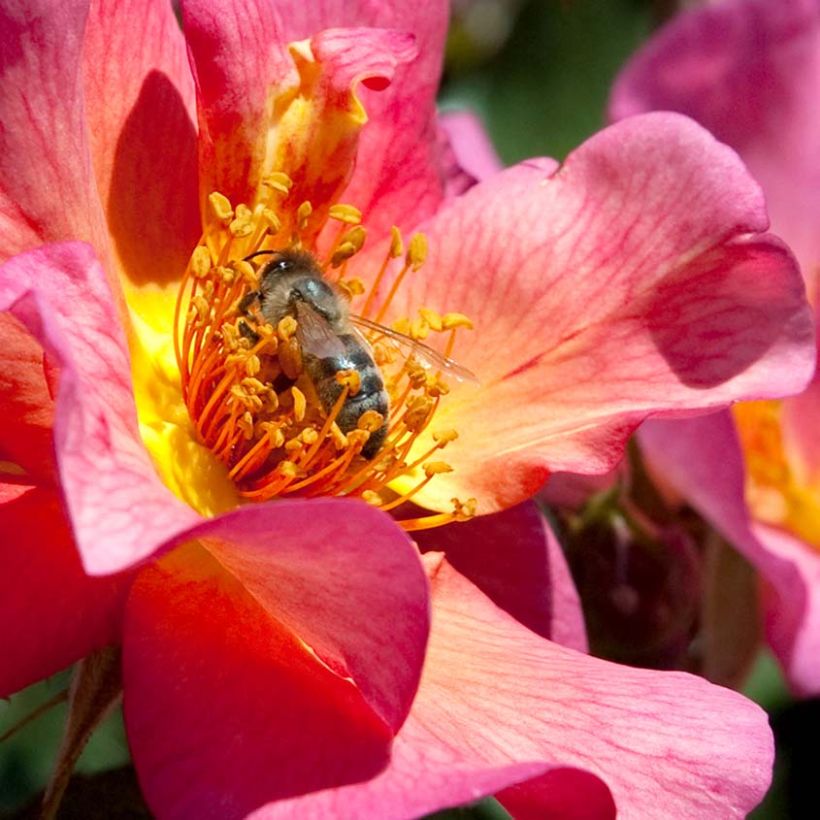

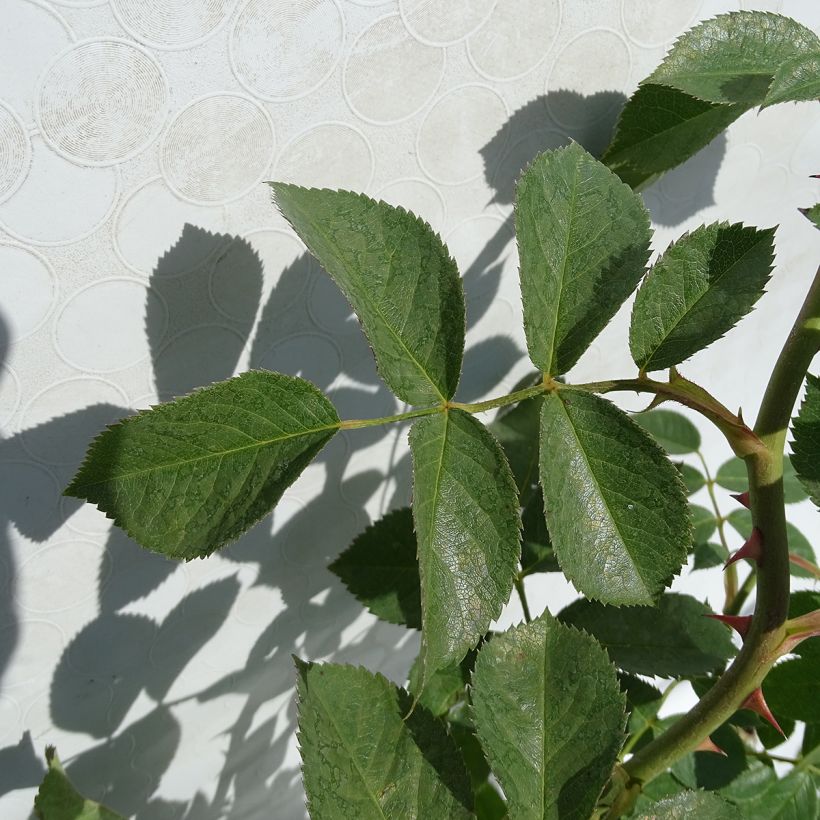

Plant habit
Flowering
Foliage
Botanical data
Rosa
Yann Arthus-Bertrand® Meipelmel
Rosaceae
Modern Hybrid Shrub Rose
Cultivar or hybrid
Rosa canina Laxa (Wrapped bare root), Rosa multiflora (4L/5L pot)
Planting and care
To plant your rose, work the soil well to a depth of 25 cubic centimetres and add a base fertiliser such as bonemeal at the bottom of the planting hole. Remove your rose from its pot and position by covering the top of the root ball with 3 centimetres (1 inch) of soil, fill in the hole, and water generously to eliminate air pockets. In dry weather, water regularly for a few weeks to aid root growth. Provide your rose with special rose fertiliser that stimulates flowering. The Yann Arthus-Bertrand rose likes clay-limestone soils that are deep and fertile, allowing it to reach a beautiful size.
Roses are often stained or unsightly at the end of summer, but this is not a problem for their development. These stains are not harmful to the rose; it is a natural phenomenon.
Planting period
Intended location
Care
Planting & care advice
-
, onOrder confirmed
Reply from on Promesse de fleurs
Similar products
Haven't found what you were looking for?
Hardiness is the lowest winter temperature a plant can endure without suffering serious damage or even dying. However, hardiness is affected by location (a sheltered area, such as a patio), protection (winter cover) and soil type (hardiness is improved by well-drained soil).

Photo Sharing Terms & Conditions
In order to encourage gardeners to interact and share their experiences, Promesse de fleurs offers various media enabling content to be uploaded onto its Site - in particular via the ‘Photo sharing’ module.
The User agrees to refrain from:
- Posting any content that is illegal, prejudicial, insulting, racist, inciteful to hatred, revisionist, contrary to public decency, that infringes on privacy or on the privacy rights of third parties, in particular the publicity rights of persons and goods, intellectual property rights, or the right to privacy.
- Submitting content on behalf of a third party;
- Impersonate the identity of a third party and/or publish any personal information about a third party;
In general, the User undertakes to refrain from any unethical behaviour.
All Content (in particular text, comments, files, images, photos, videos, creative works, etc.), which may be subject to property or intellectual property rights, image or other private rights, shall remain the property of the User, subject to the limited rights granted by the terms of the licence granted by Promesse de fleurs as stated below. Users are at liberty to publish or not to publish such Content on the Site, notably via the ‘Photo Sharing’ facility, and accept that this Content shall be made public and freely accessible, notably on the Internet.
Users further acknowledge, undertake to have ,and guarantee that they hold all necessary rights and permissions to publish such material on the Site, in particular with regard to the legislation in force pertaining to any privacy, property, intellectual property, image, or contractual rights, or rights of any other nature. By publishing such Content on the Site, Users acknowledge accepting full liability as publishers of the Content within the meaning of the law, and grant Promesse de fleurs, free of charge, an inclusive, worldwide licence for the said Content for the entire duration of its publication, including all reproduction, representation, up/downloading, displaying, performing, transmission, and storage rights.
Users also grant permission for their name to be linked to the Content and accept that this link may not always be made available.
By engaging in posting material, Users consent to their Content becoming automatically accessible on the Internet, in particular on other sites and/or blogs and/or web pages of the Promesse de fleurs site, including in particular social pages and the Promesse de fleurs catalogue.
Users may secure the removal of entrusted content free of charge by issuing a simple request via our contact form.
The flowering period indicated on our website applies to countries and regions located in USDA zone 8 (France, the United Kingdom, Ireland, the Netherlands, etc.)
It will vary according to where you live:
- In zones 9 to 10 (Italy, Spain, Greece, etc.), flowering will occur about 2 to 4 weeks earlier.
- In zones 6 to 7 (Germany, Poland, Slovenia, and lower mountainous regions), flowering will be delayed by 2 to 3 weeks.
- In zone 5 (Central Europe, Scandinavia), blooming will be delayed by 3 to 5 weeks.
In temperate climates, pruning of spring-flowering shrubs (forsythia, spireas, etc.) should be done just after flowering.
Pruning of summer-flowering shrubs (Indian Lilac, Perovskia, etc.) can be done in winter or spring.
In cold regions as well as with frost-sensitive plants, avoid pruning too early when severe frosts may still occur.
The planting period indicated on our website applies to countries and regions located in USDA zone 8 (France, United Kingdom, Ireland, Netherlands).
It will vary according to where you live:
- In Mediterranean zones (Marseille, Madrid, Milan, etc.), autumn and winter are the best planting periods.
- In continental zones (Strasbourg, Munich, Vienna, etc.), delay planting by 2 to 3 weeks in spring and bring it forward by 2 to 4 weeks in autumn.
- In mountainous regions (the Alps, Pyrenees, Carpathians, etc.), it is best to plant in late spring (May-June) or late summer (August-September).
The harvesting period indicated on our website applies to countries and regions in USDA zone 8 (France, England, Ireland, the Netherlands).
In colder areas (Scandinavia, Poland, Austria...) fruit and vegetable harvests are likely to be delayed by 3-4 weeks.
In warmer areas (Italy, Spain, Greece, etc.), harvesting will probably take place earlier, depending on weather conditions.
The sowing periods indicated on our website apply to countries and regions within USDA Zone 8 (France, UK, Ireland, Netherlands).
In colder areas (Scandinavia, Poland, Austria...), delay any outdoor sowing by 3-4 weeks, or sow under glass.
In warmer climes (Italy, Spain, Greece, etc.), bring outdoor sowing forward by a few weeks.


































